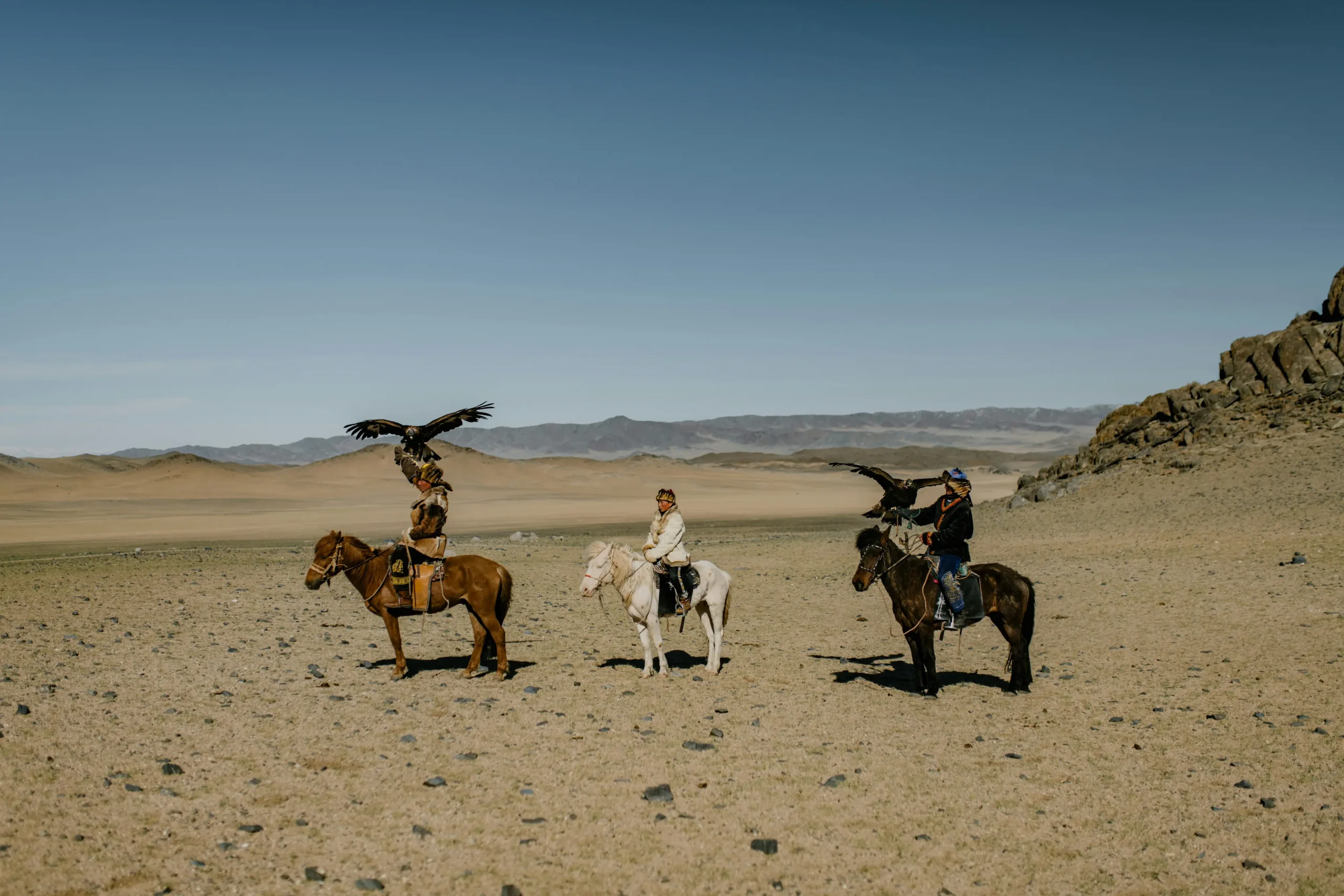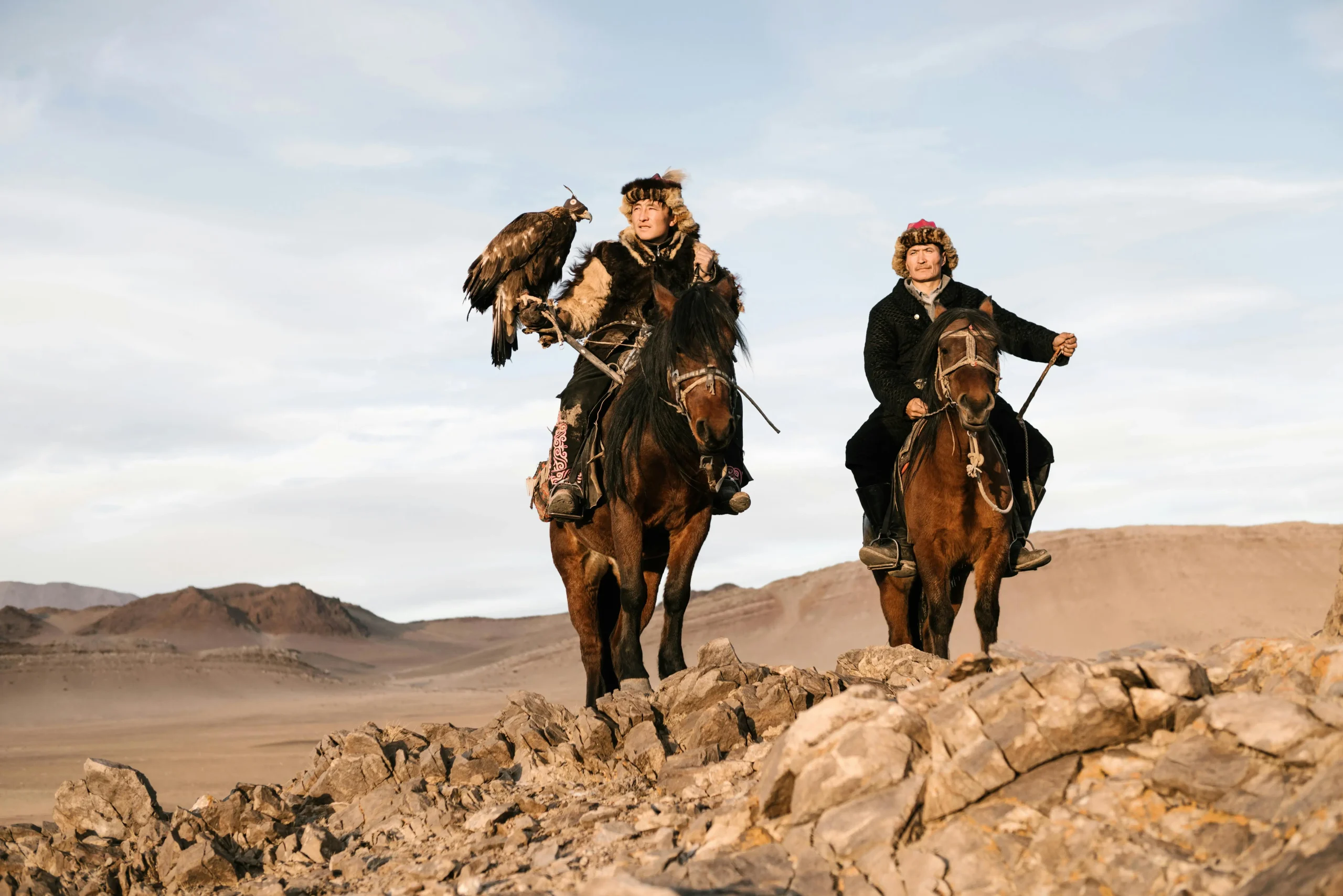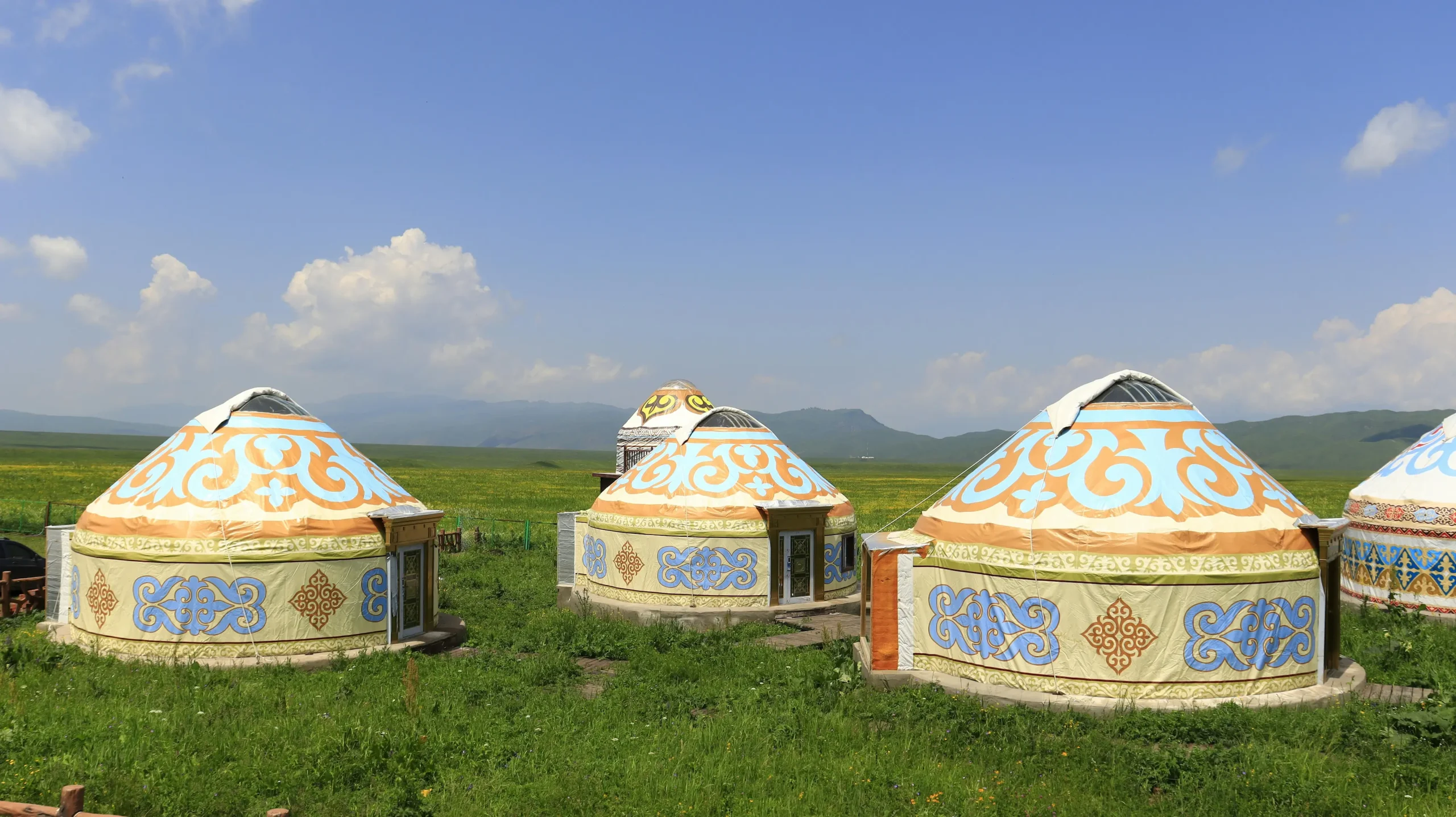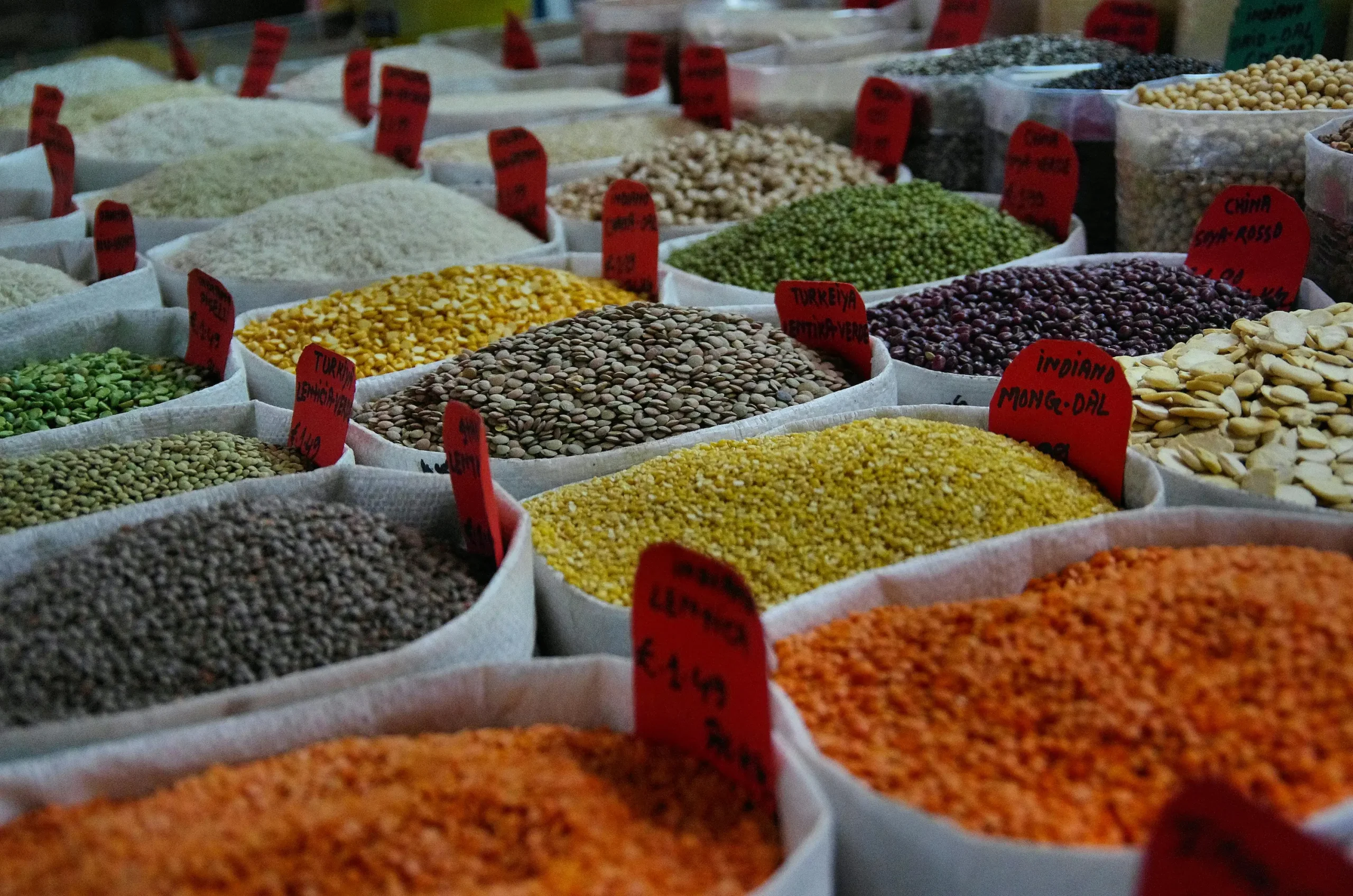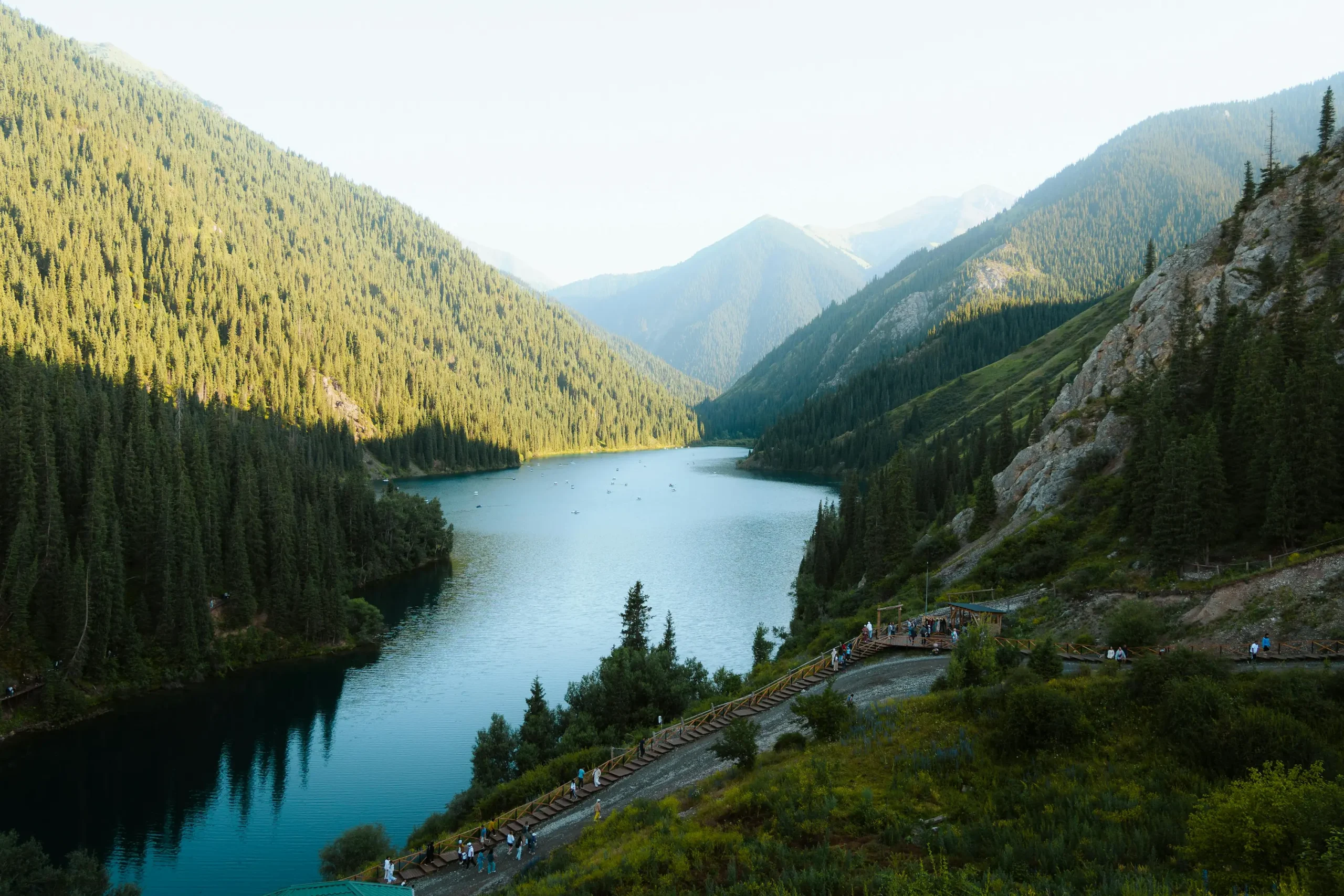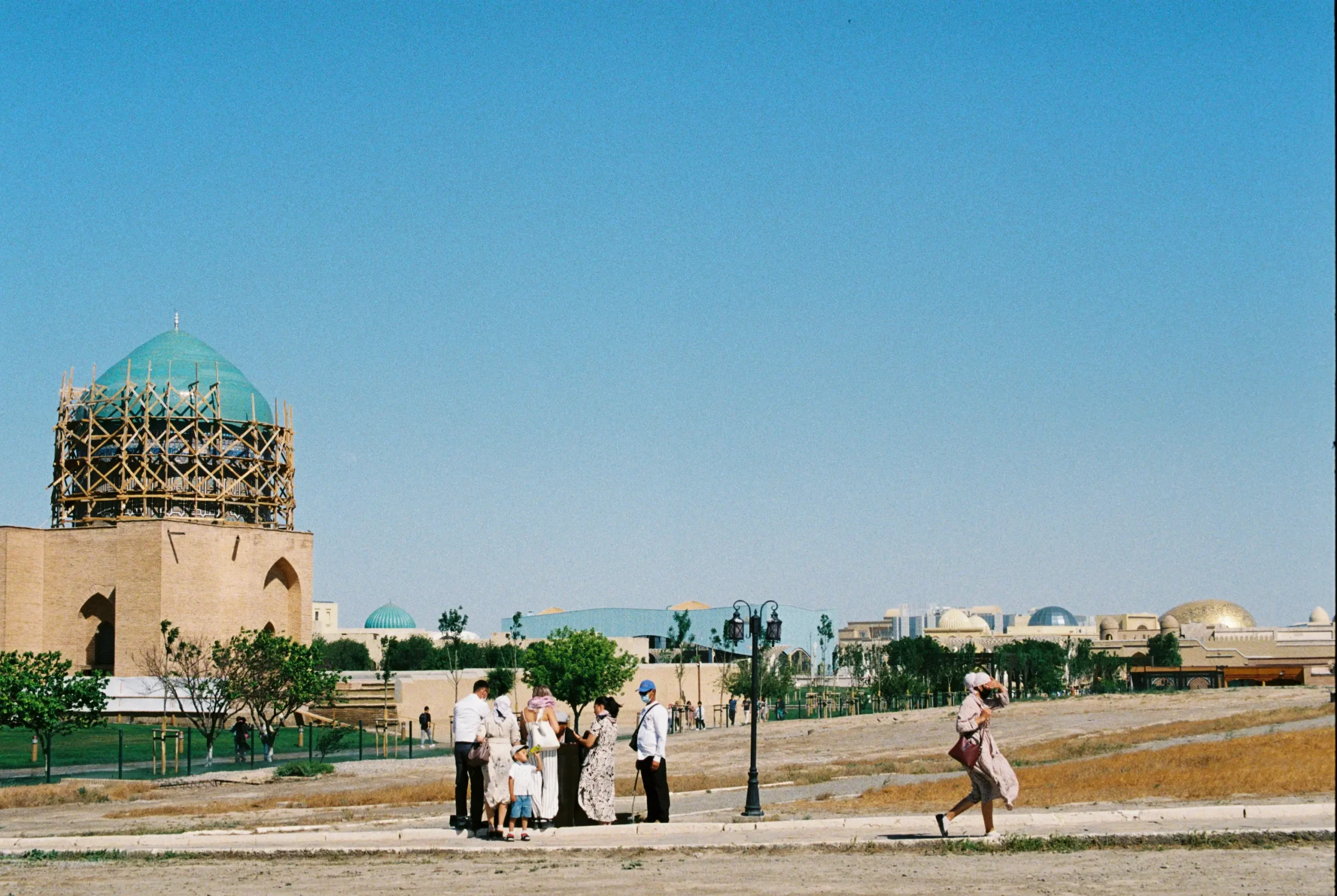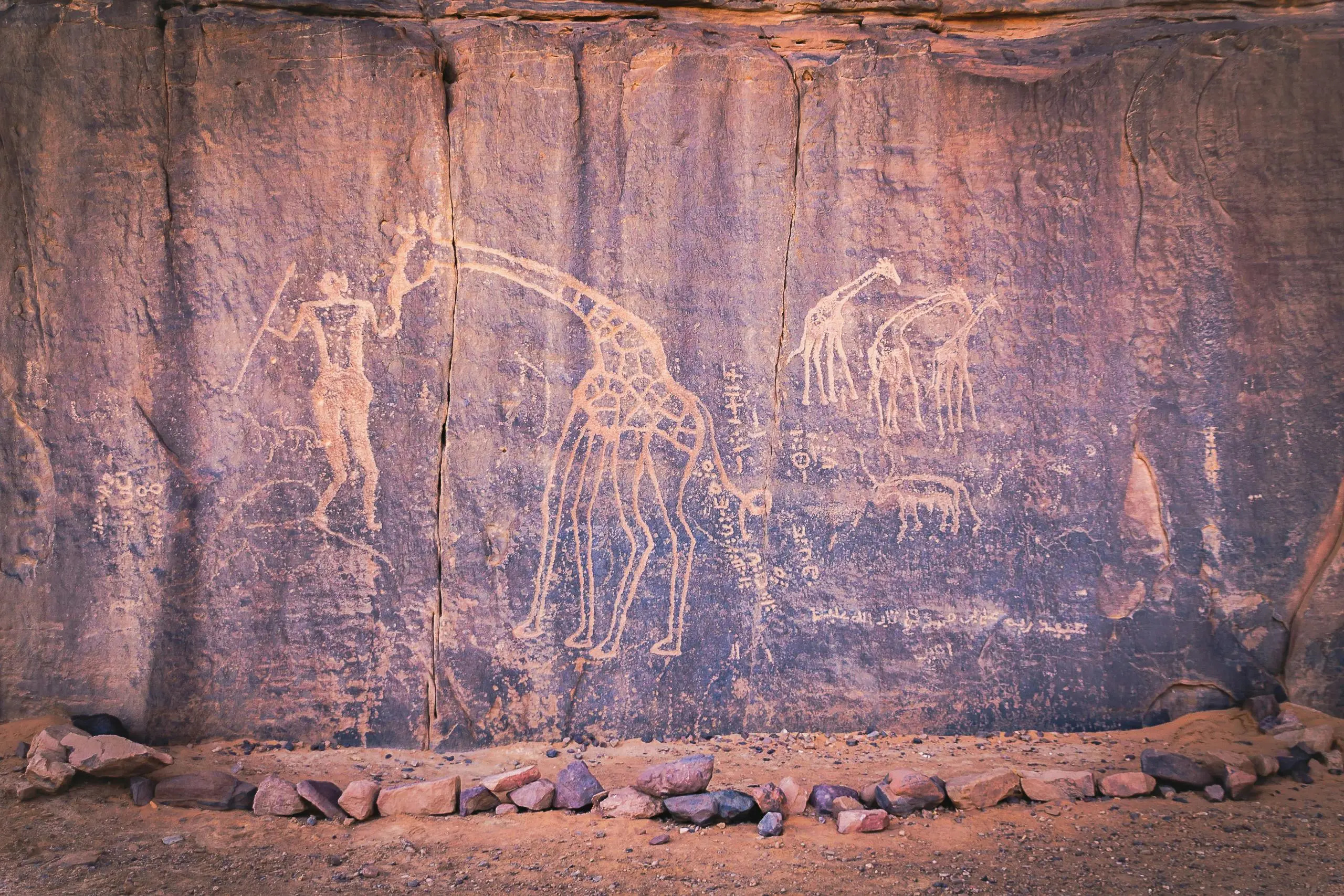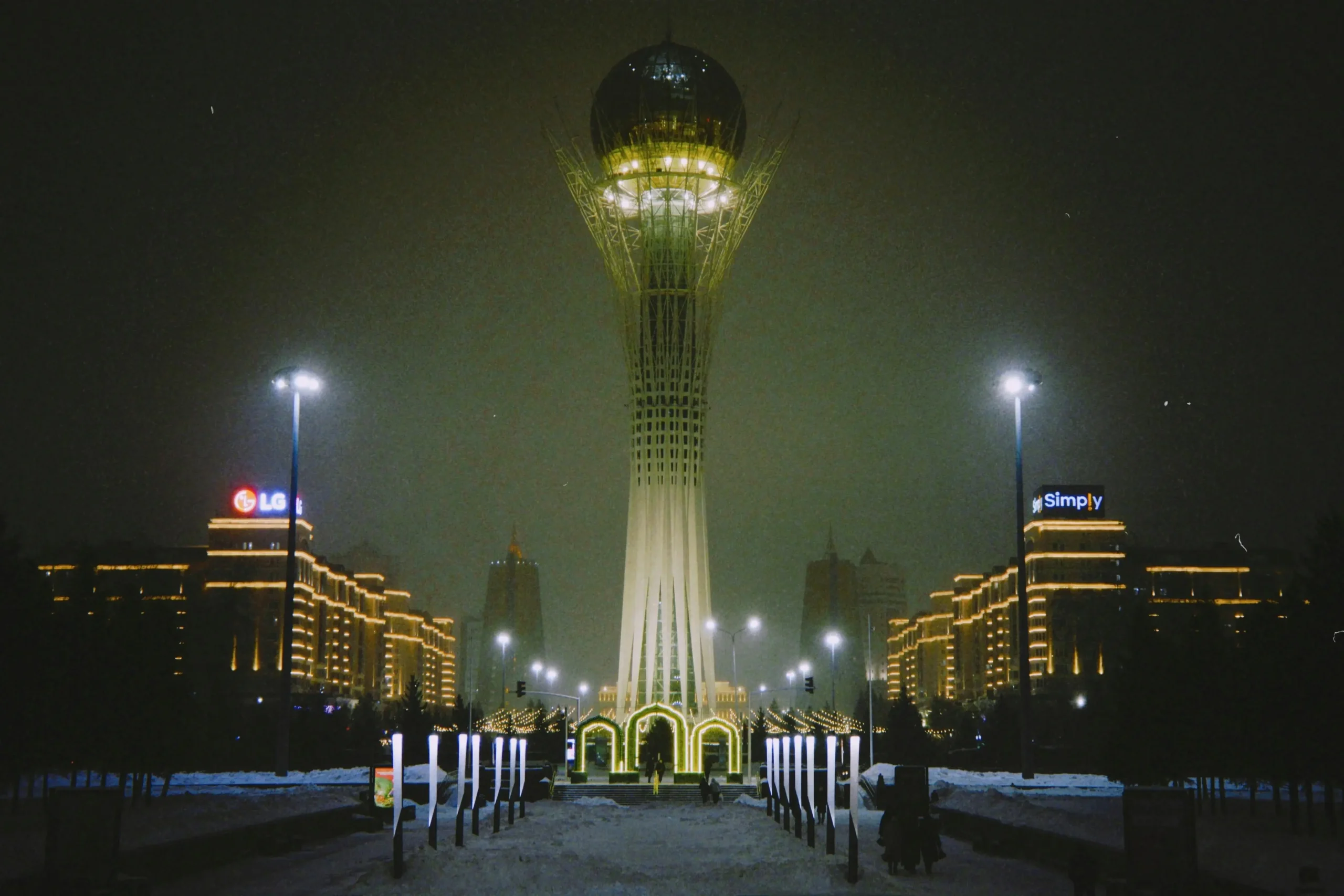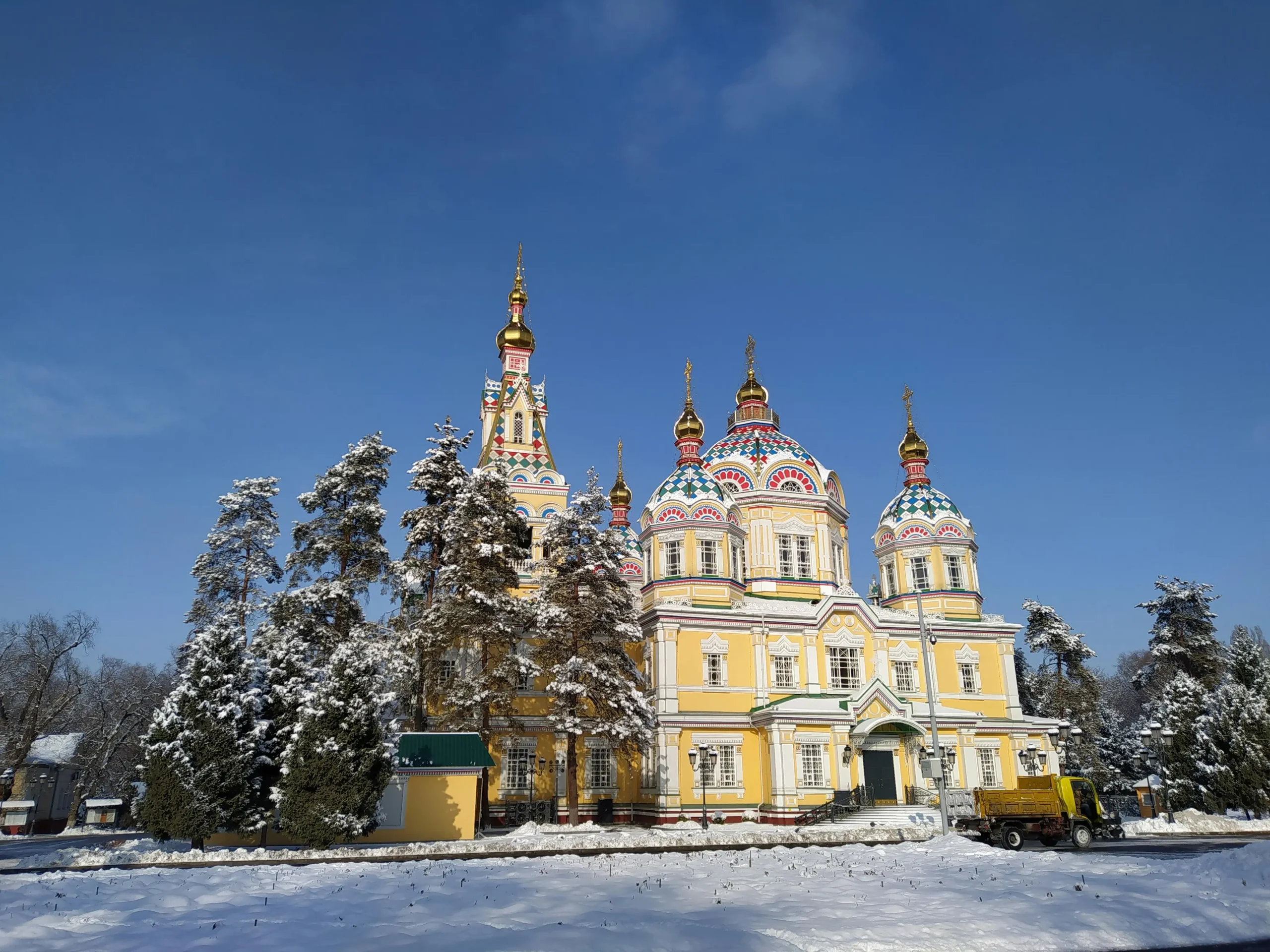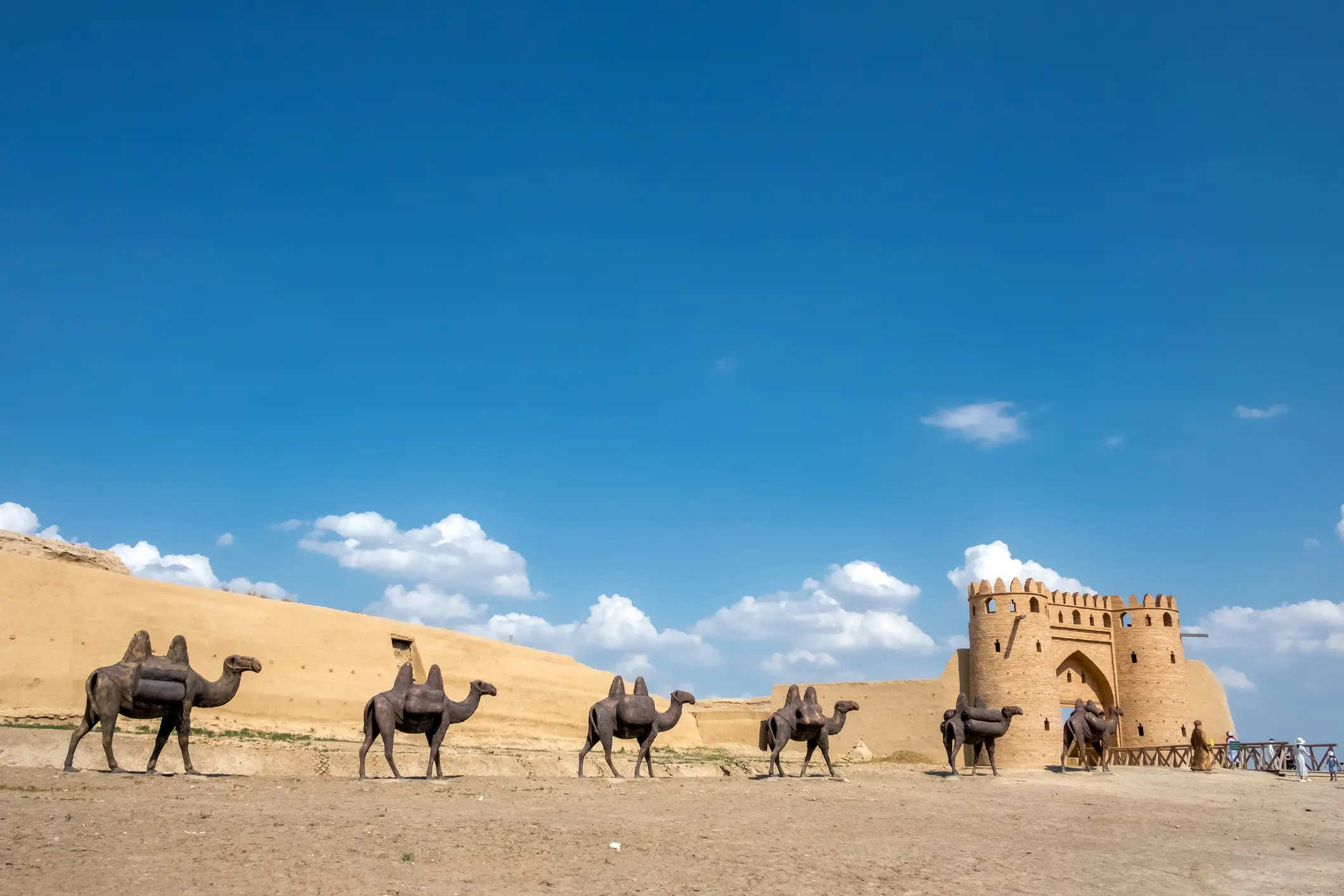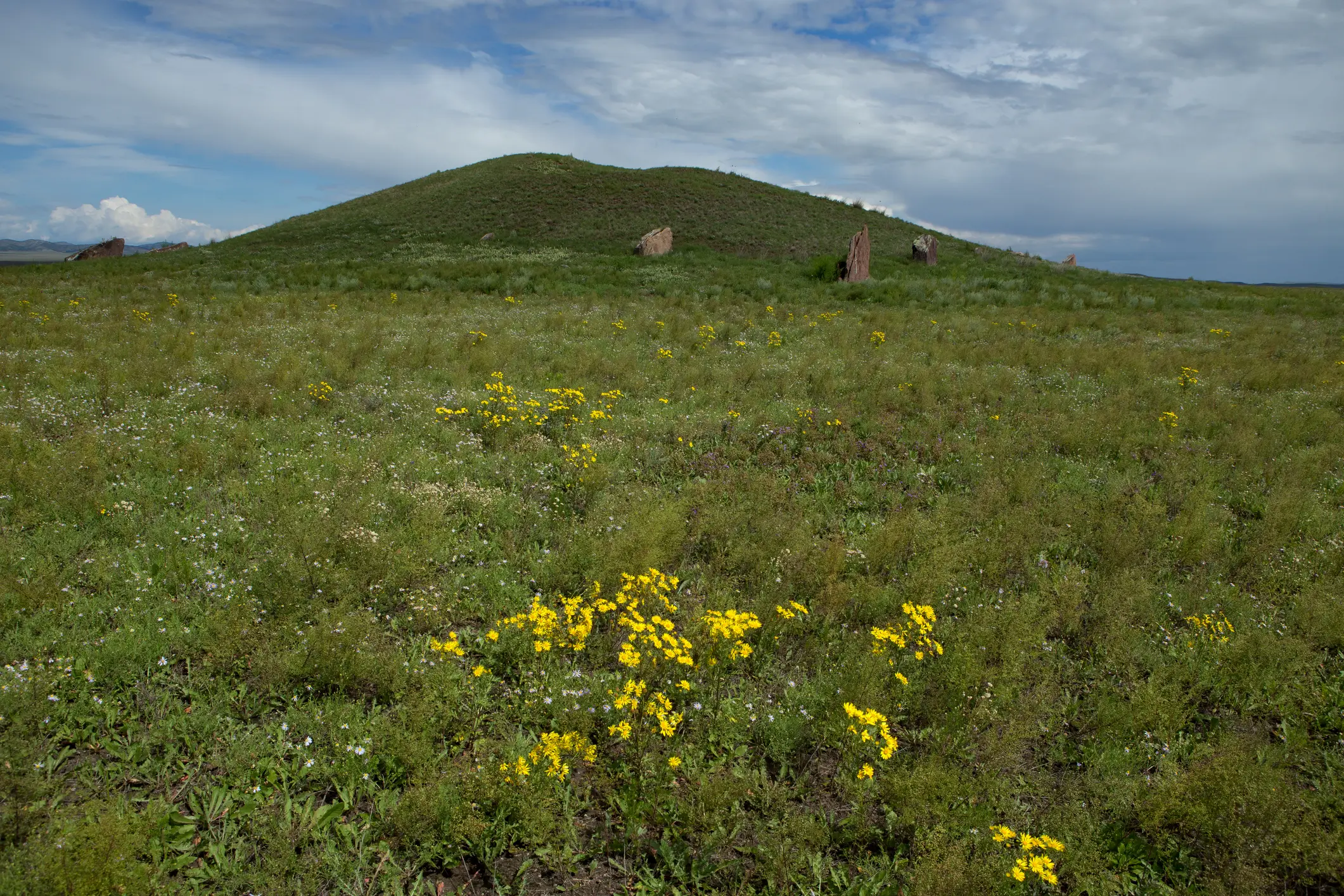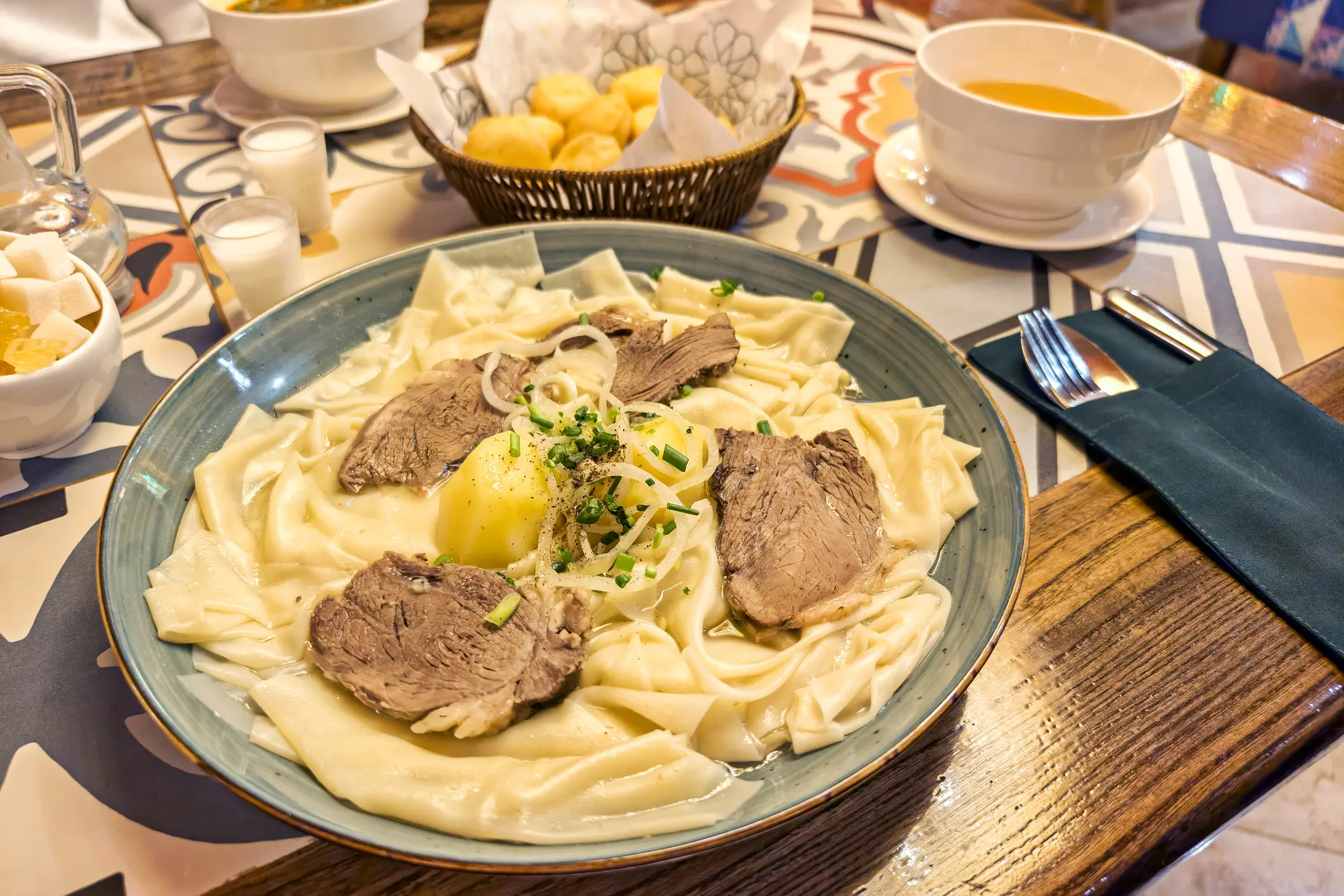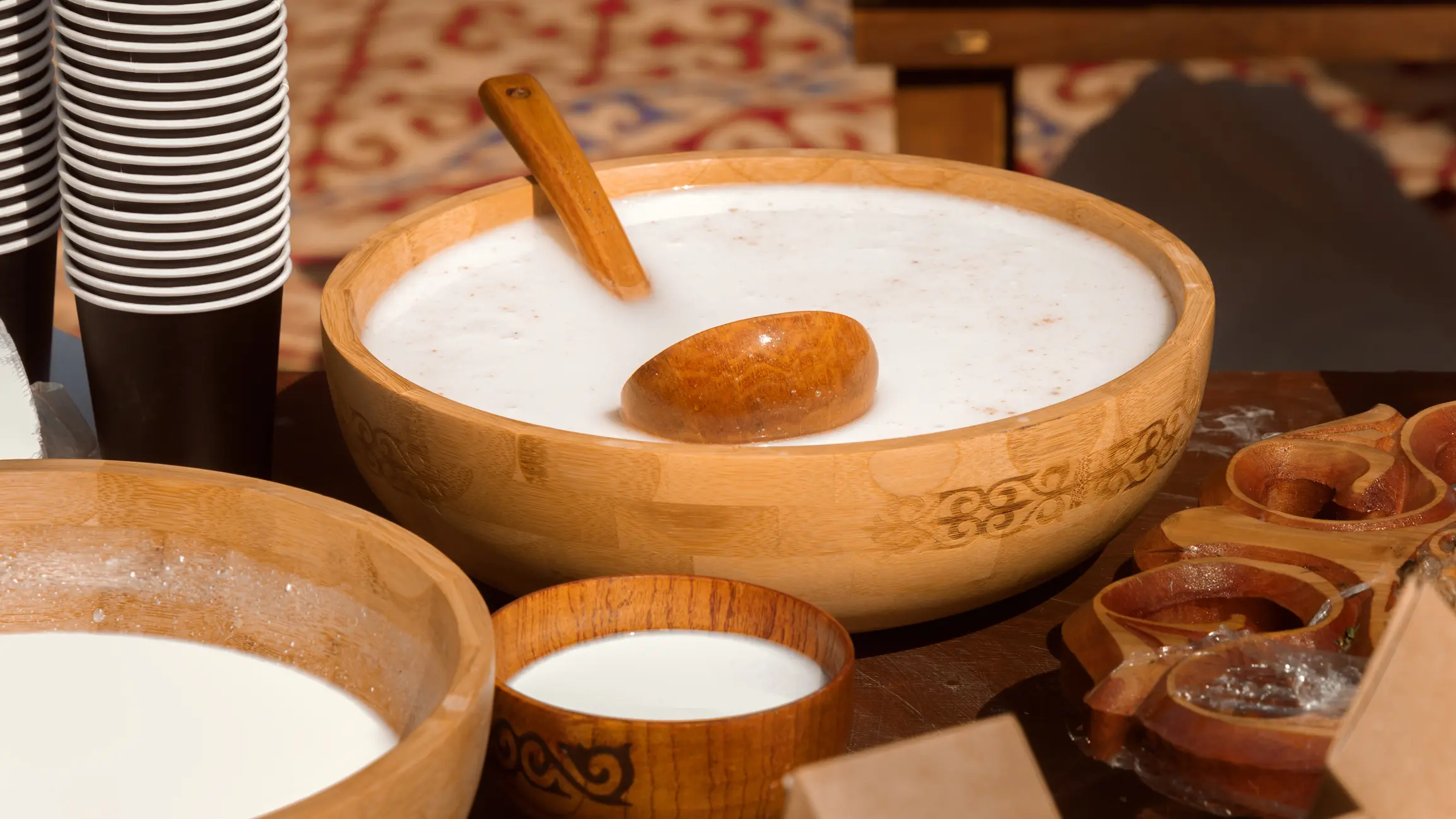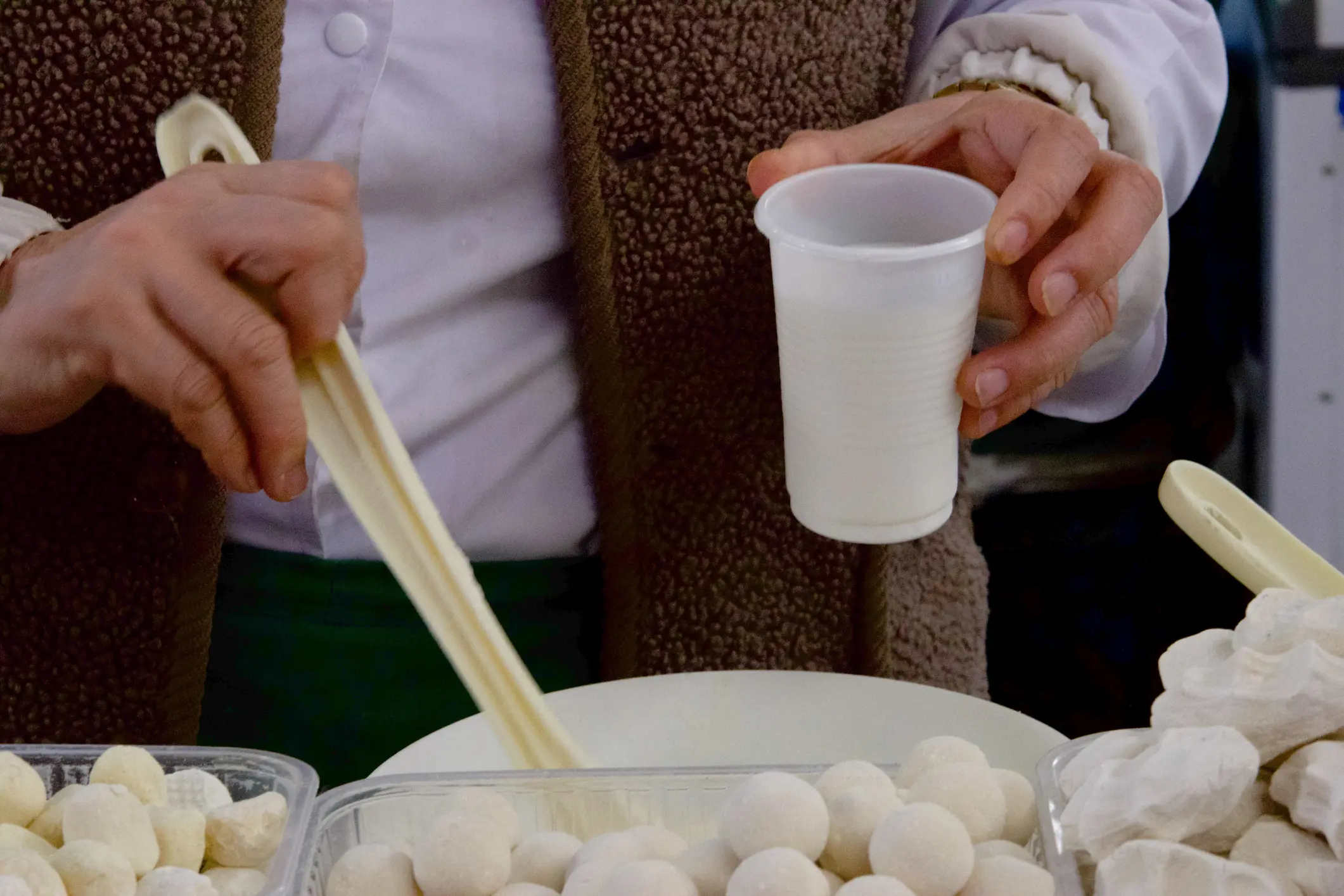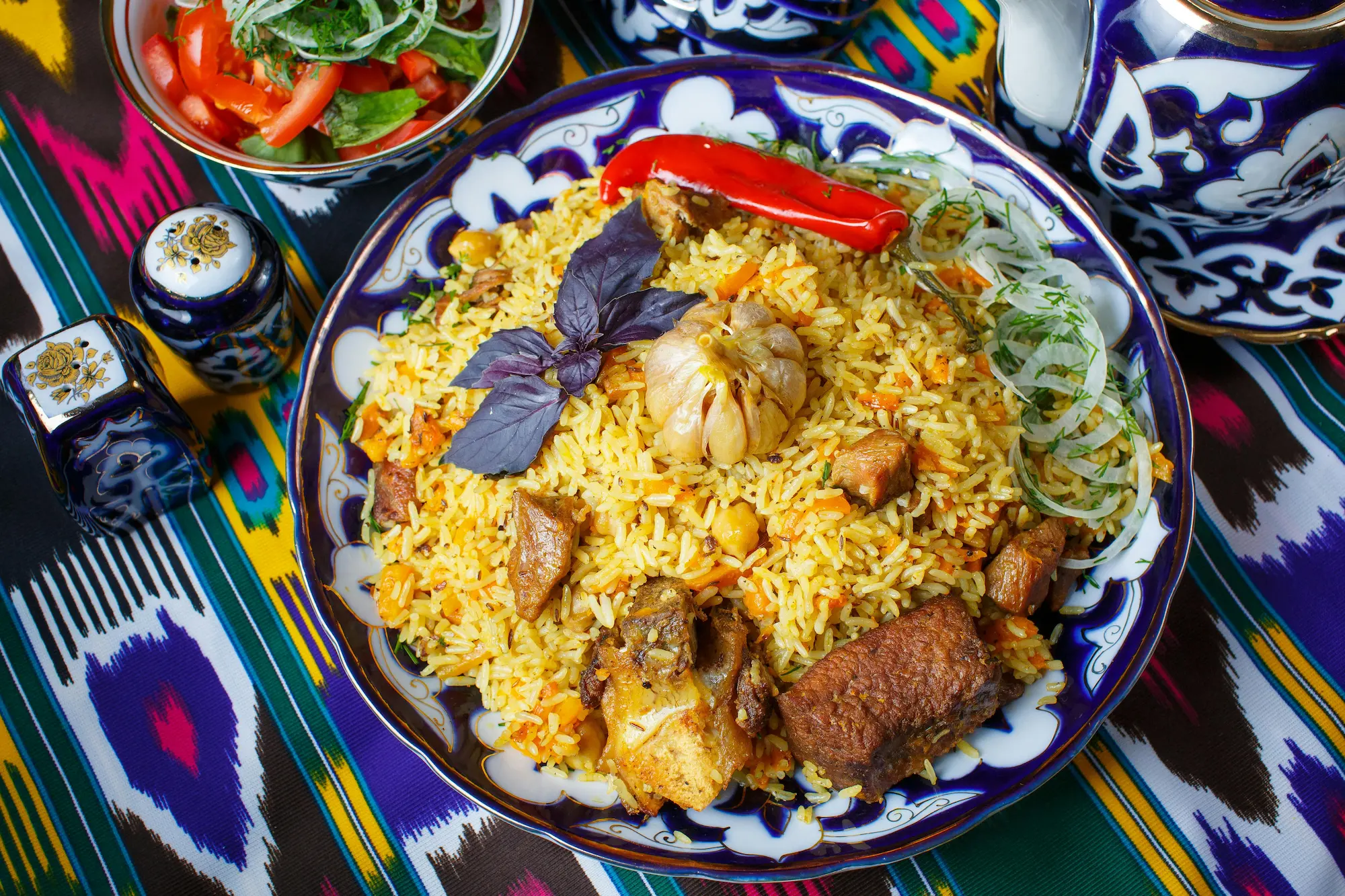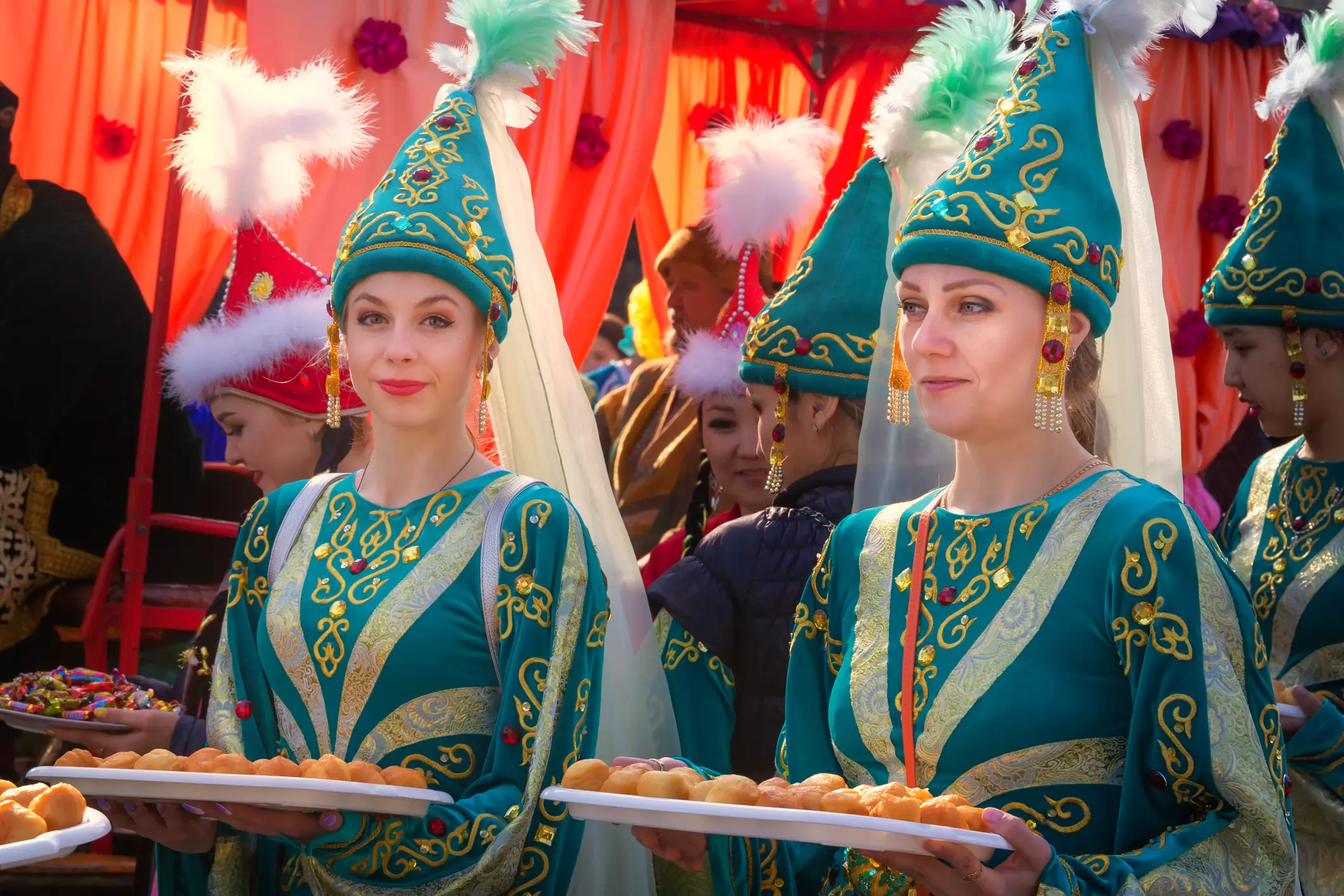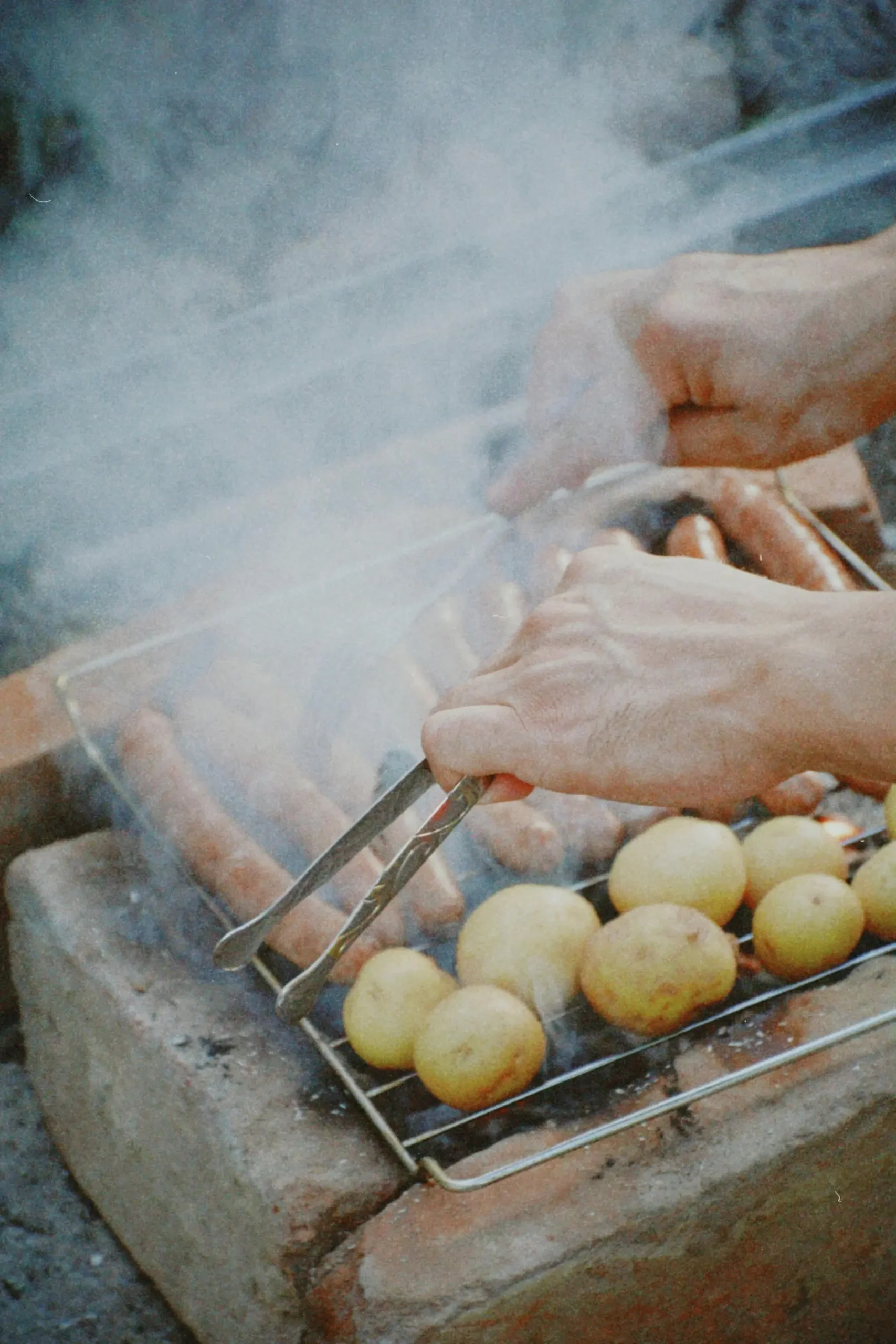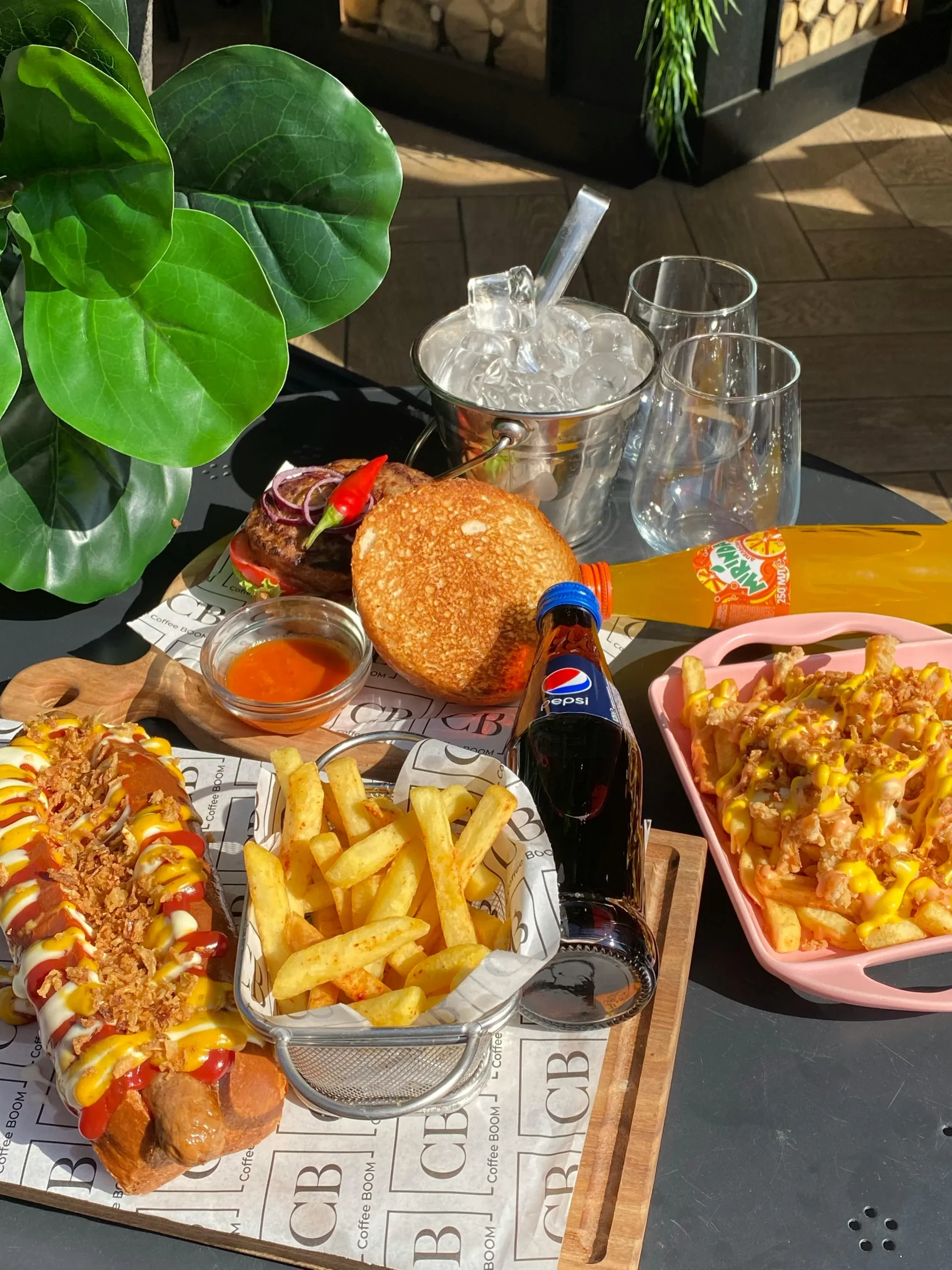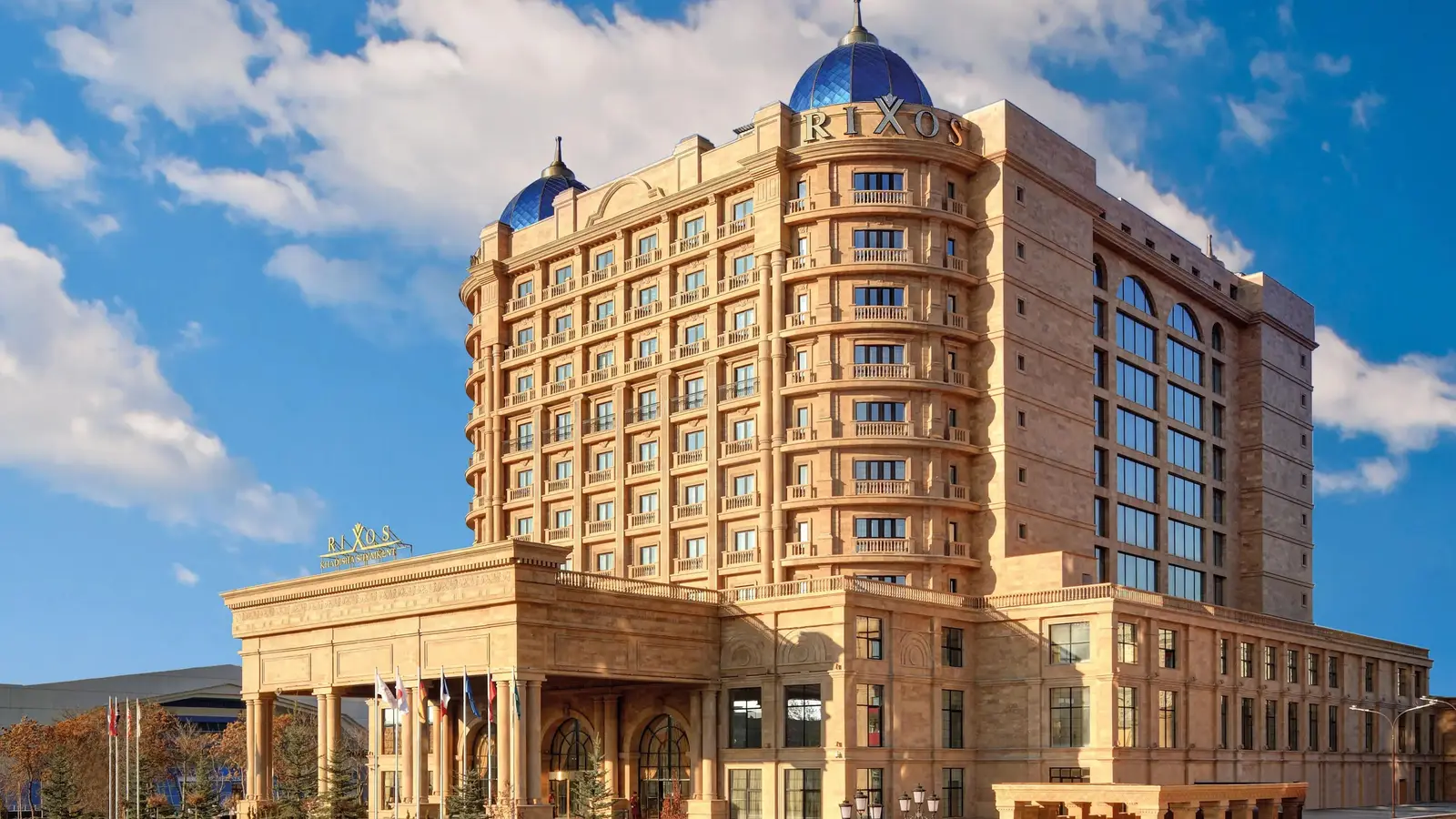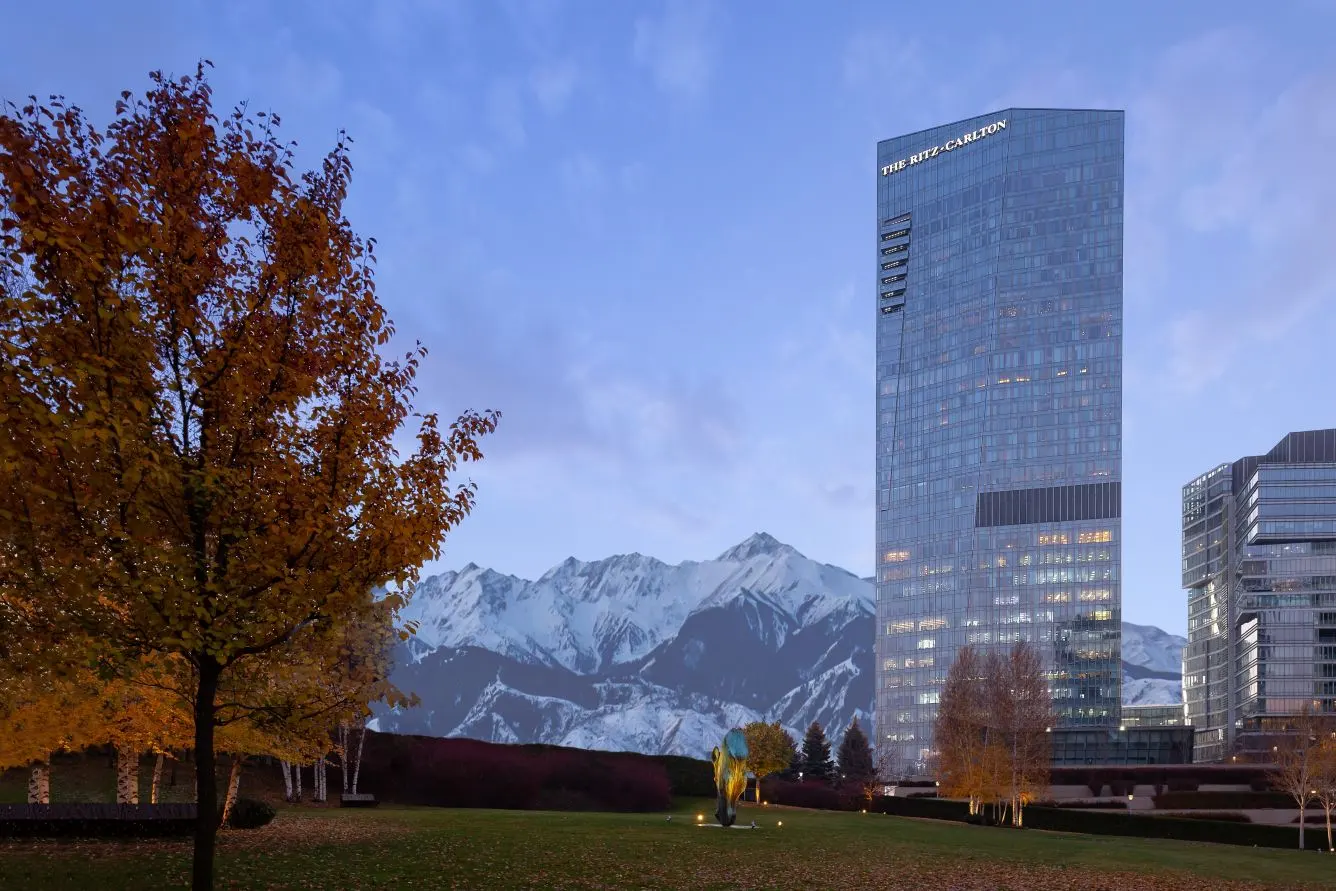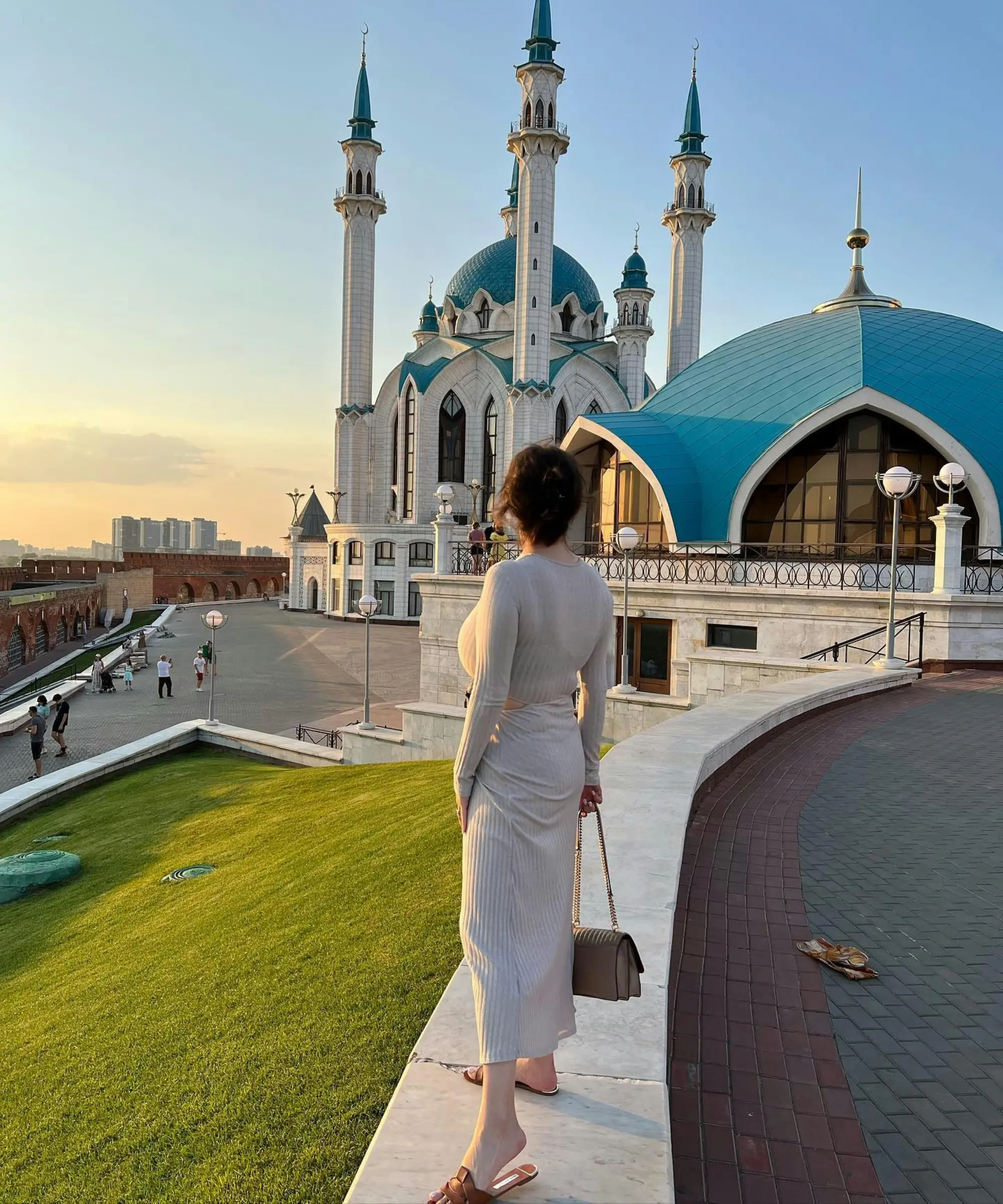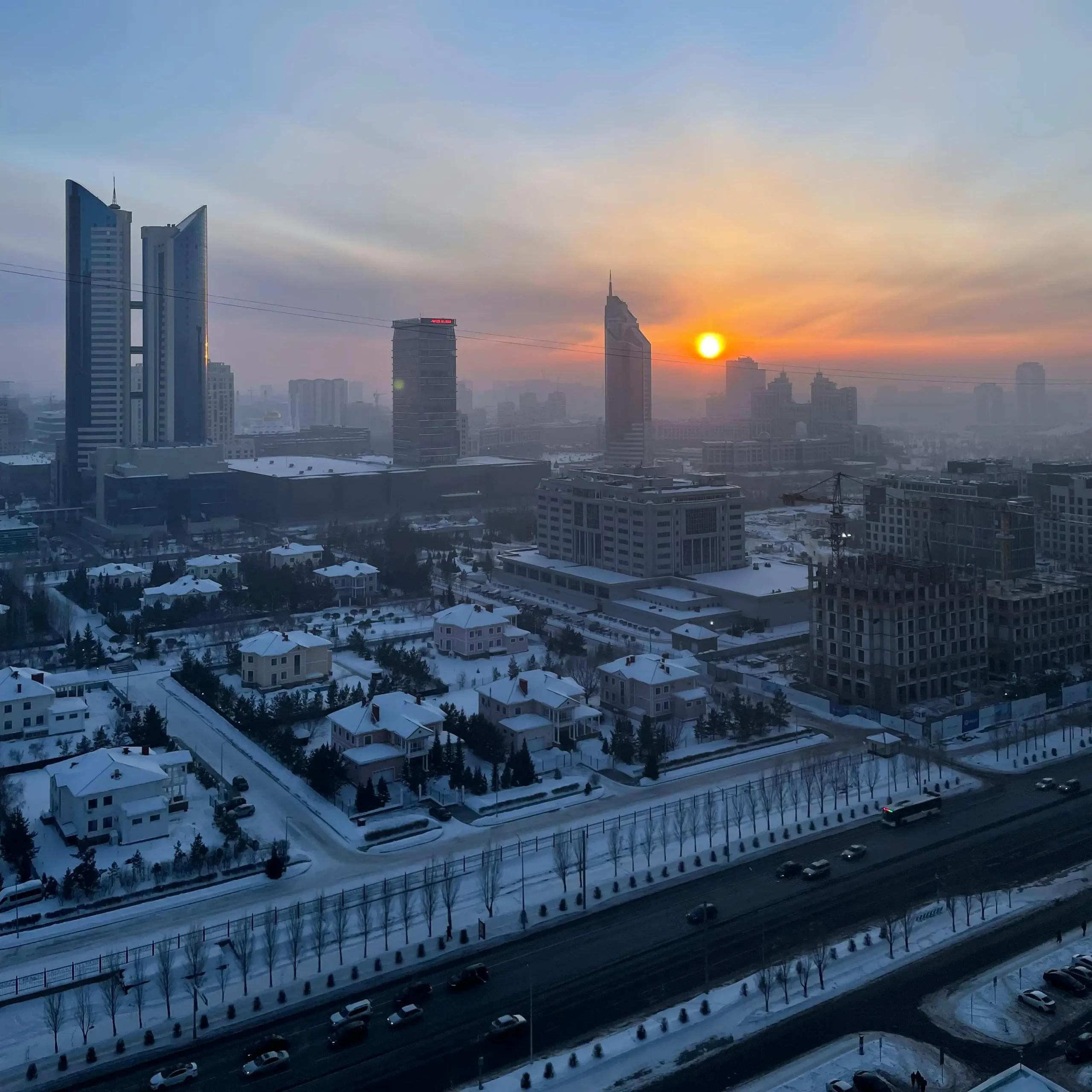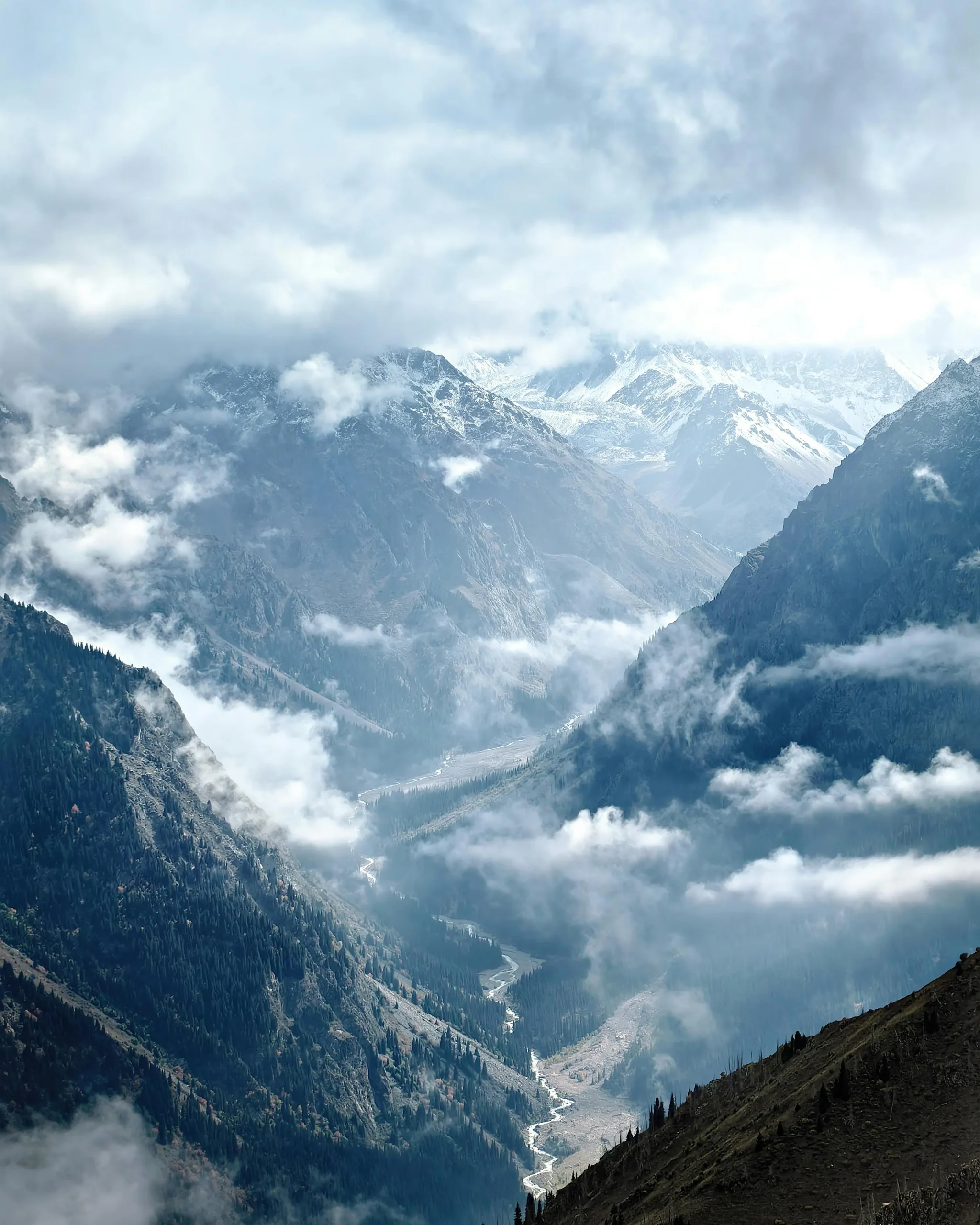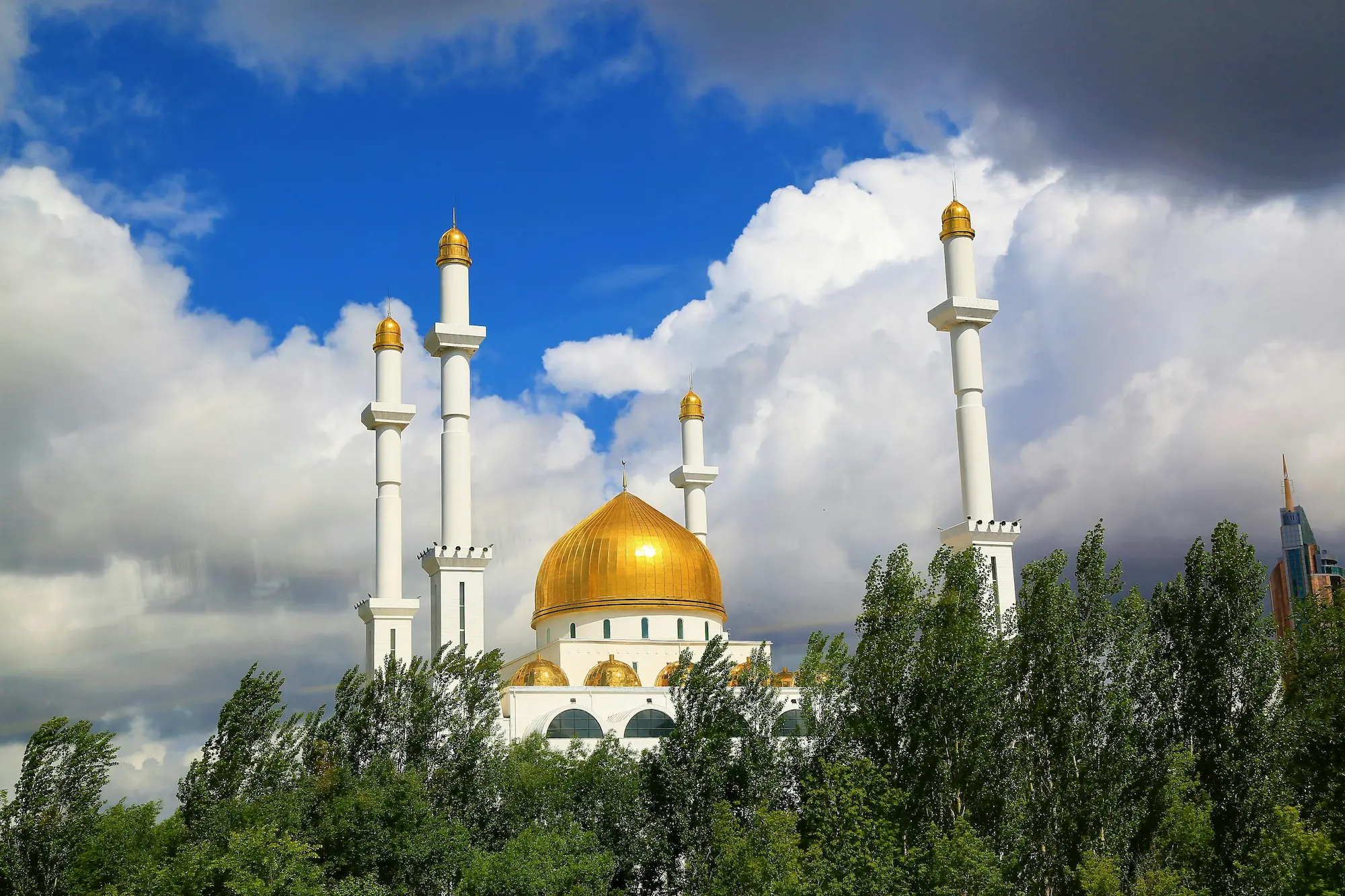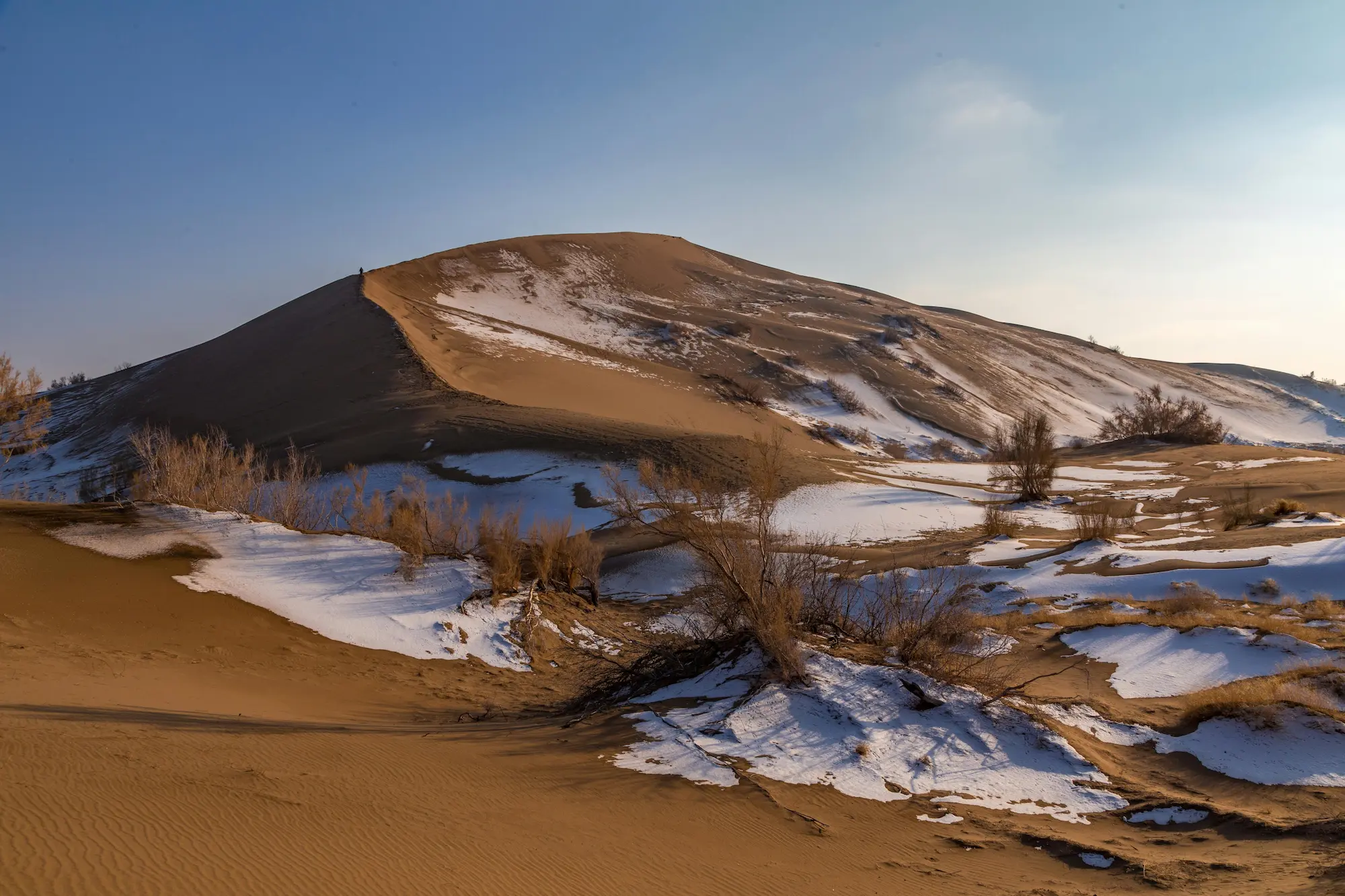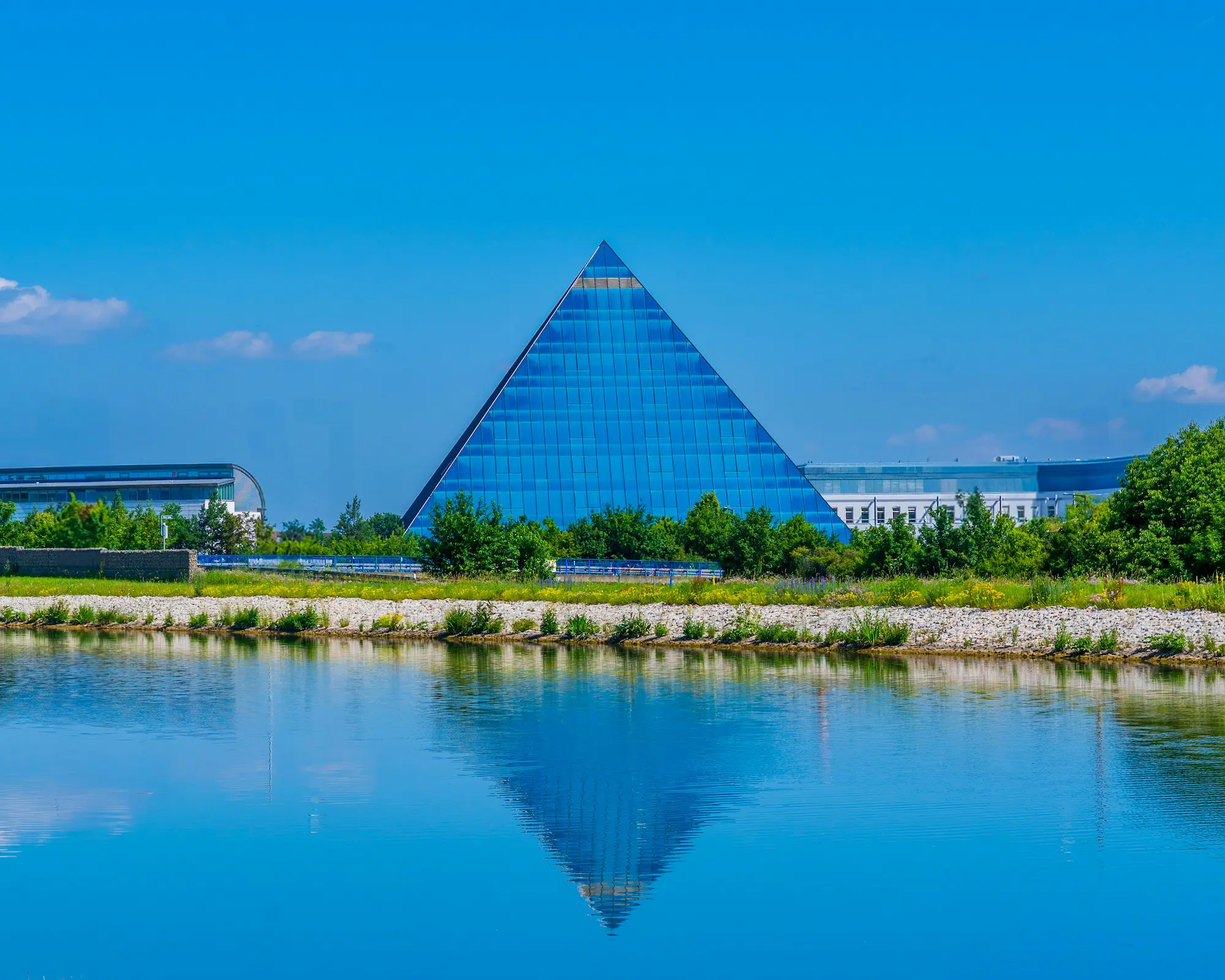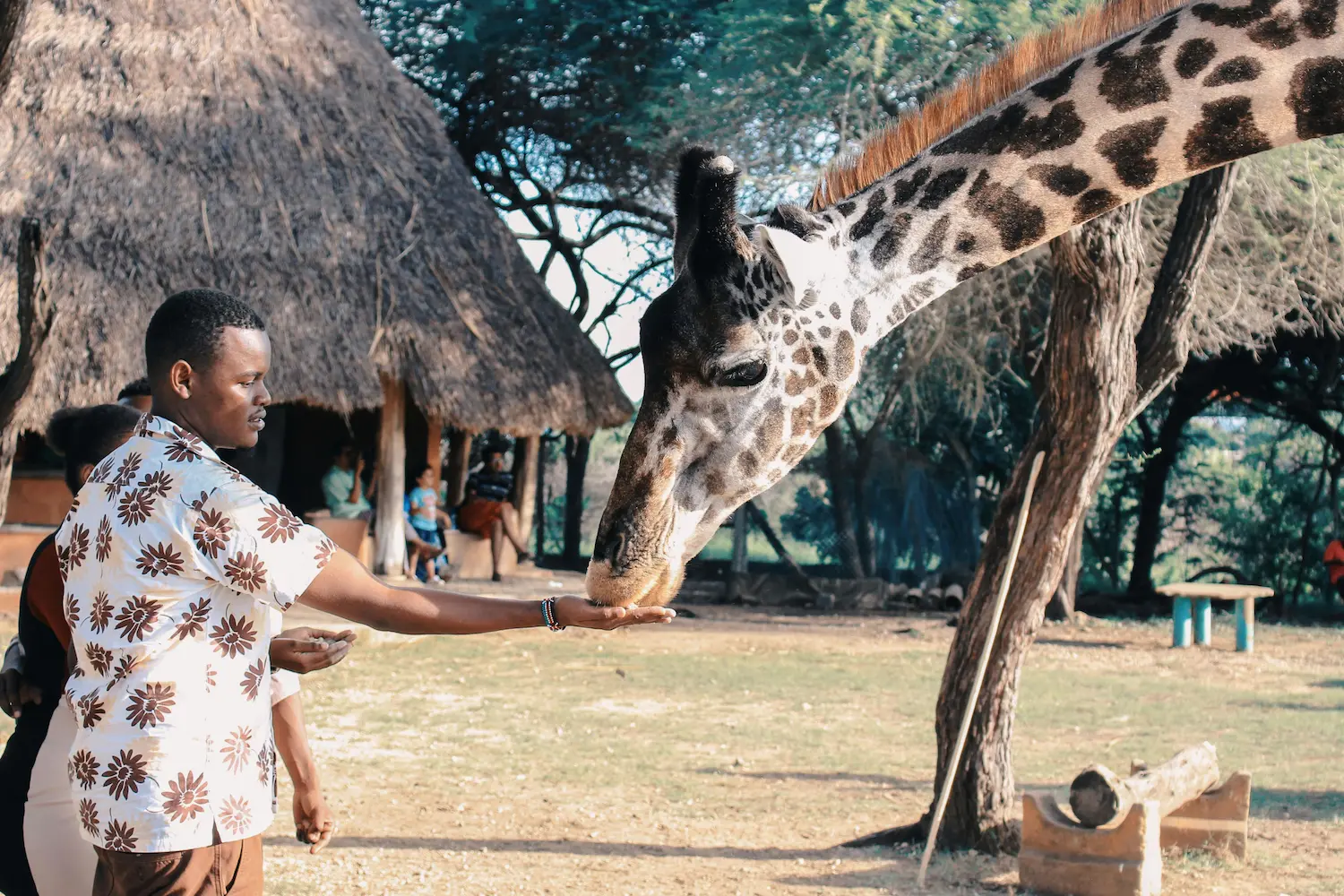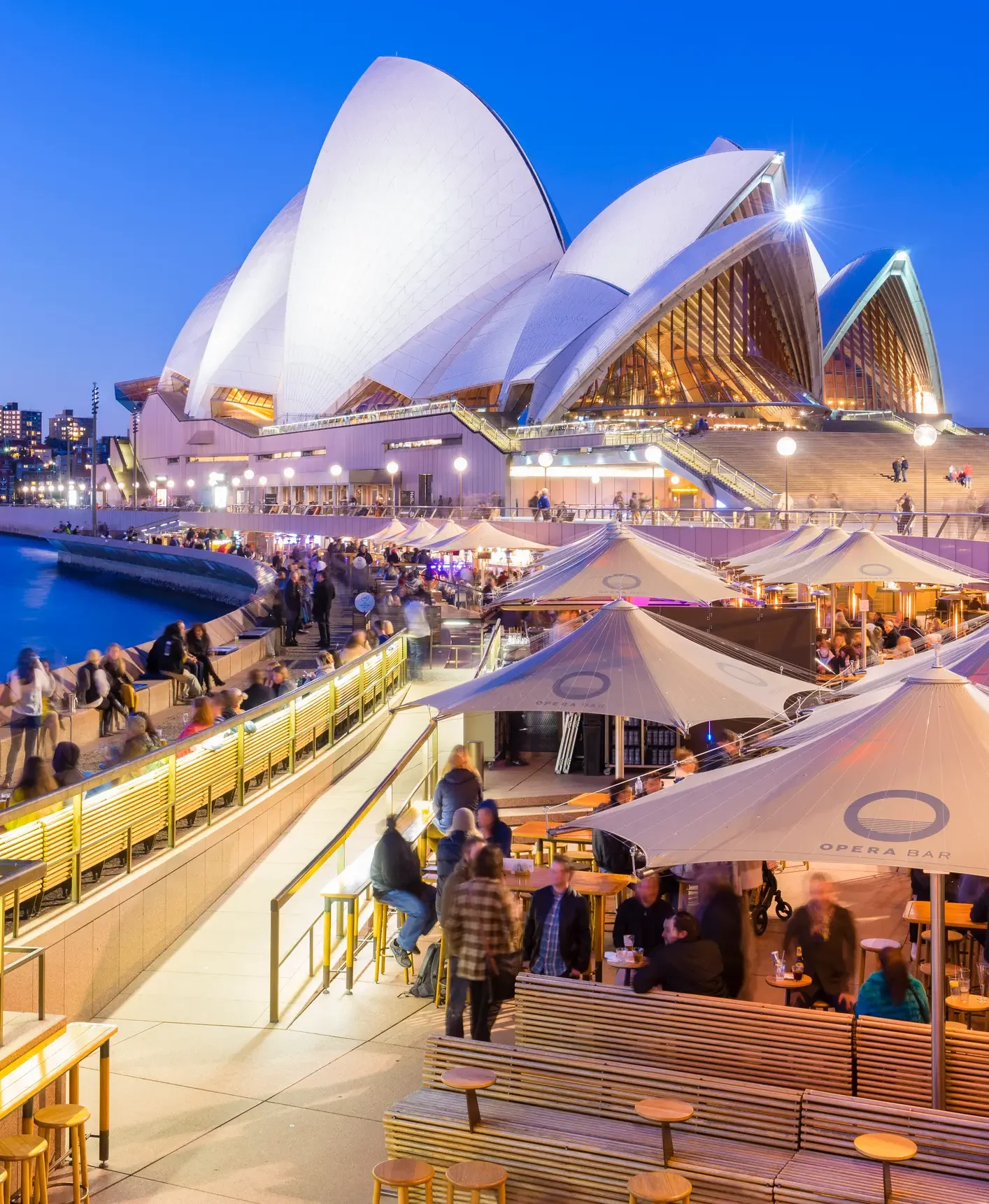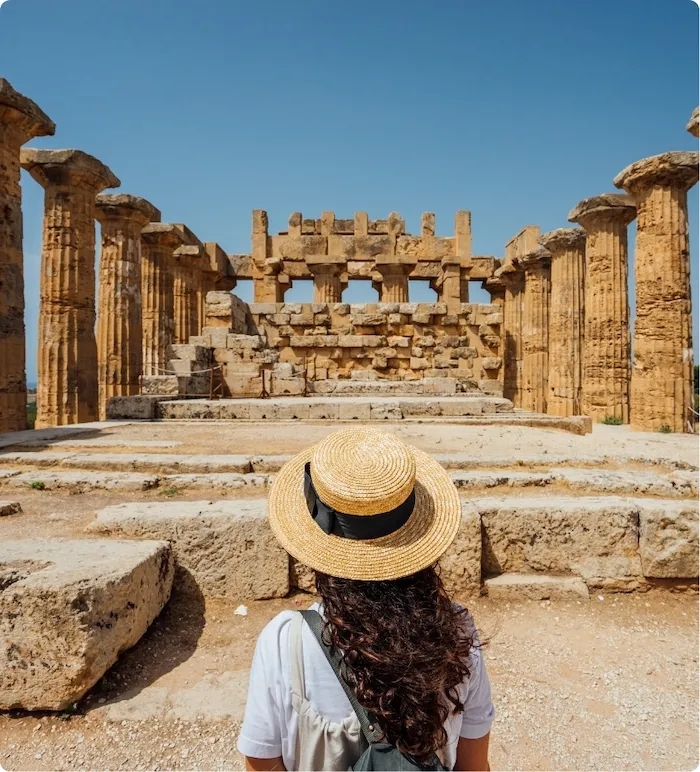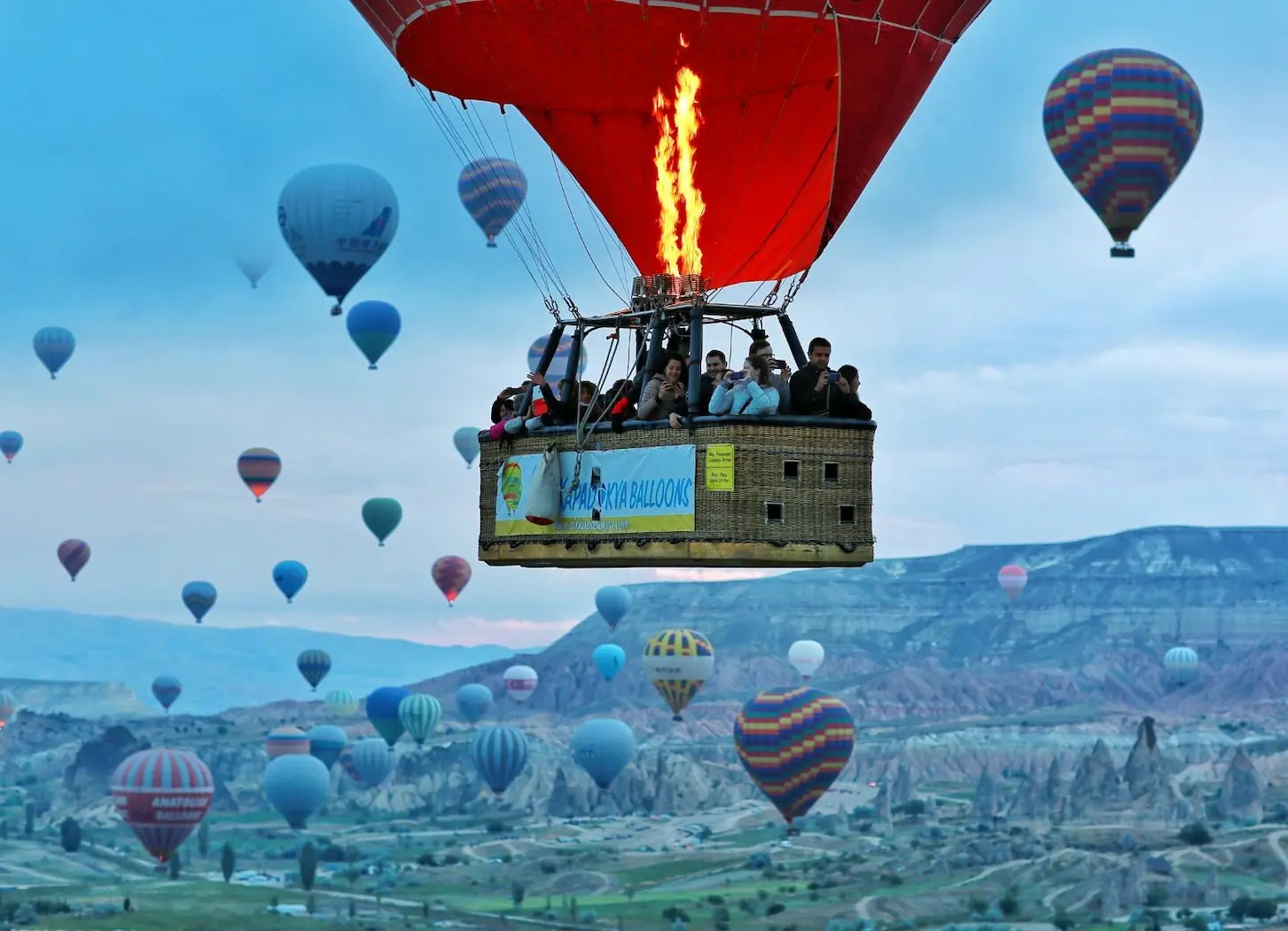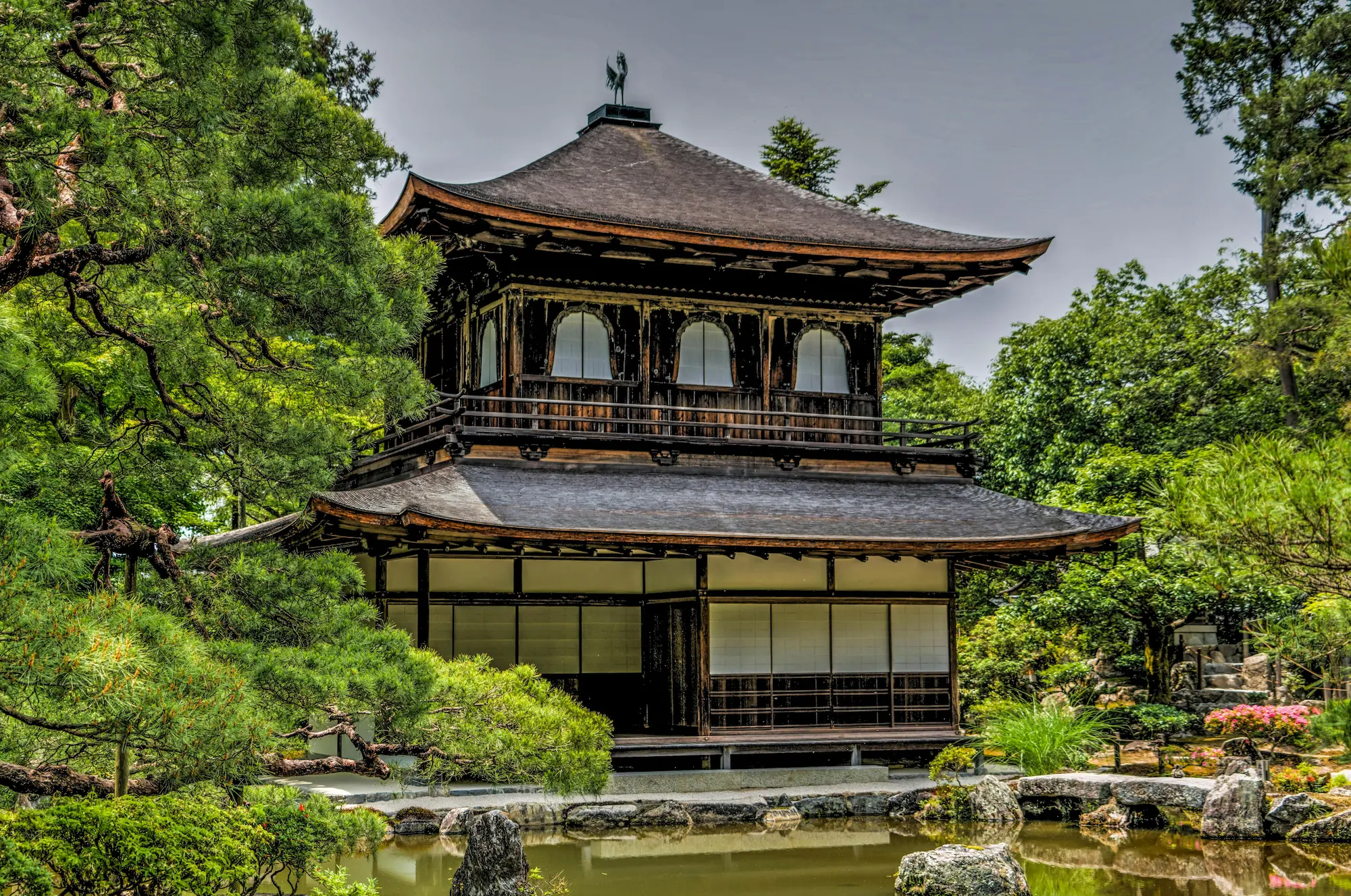A Comprehensive Destination Guide
for an experiential journey through Kazakhstan.
Where ancient Silk Road caravans once paused, where steppe horizons stretch beyond sight, and where tradition and modernity fuse in extraordinary ways—Kazakhstan is a land of grand landscapes and deeper stories.
Kazakhstan, the world’s ninth-largest country, is an undiscovered jewel for travelers seeking both authenticity and awe. From the snow-dusted peaks of the Tian Shan mountains to the windswept steppe where eagle hunters still soar, this is a country where nomadic heritage breathes alongside futuristic cities like Astana (now Nur-Sultan). The country’s vastness ensures no two journeys are the same, whether it’s learning horseback traditions passed down for millennia, wandering through Silk Road citadels, or savoring flavors shaped by Turkic, Persian, Russian, and Mongol influences.
For travelers ready to embrace depth, this comprehensive guide unveils the best ways to explore Kazakhstan through four prisms: authentic and local immersion, heritage and culture, cuisine rooted in the land, and remarkable boutique stays. Whether you’re dreaming of tours to Kazakhstan, considering travel to Kazakhstan for the first time, or curating unforgettable experiences in Kazakhstan, this guide is your essential companion.


 Experiences in Kazakhstan
Experiences in Kazakhstan